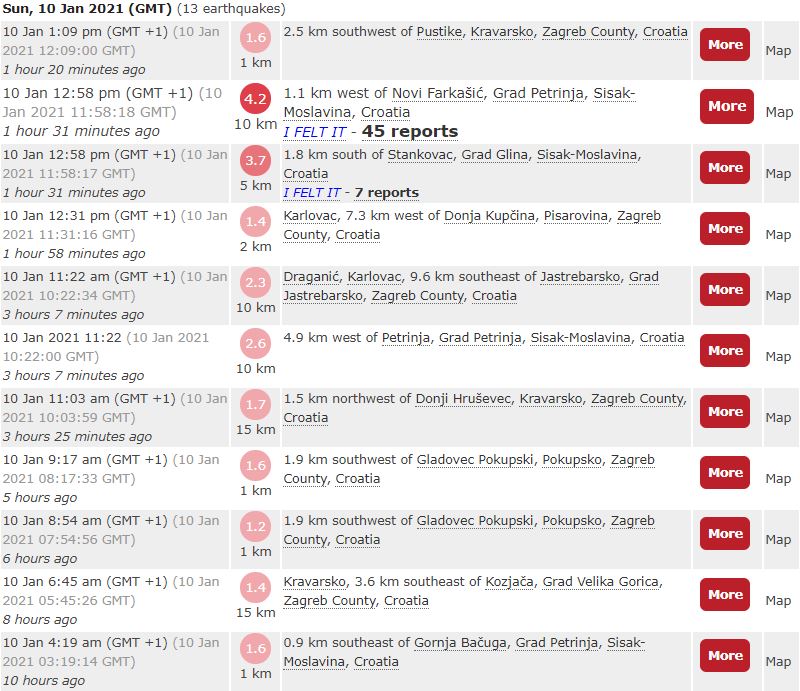PHOTOS: Changing Face of Historic Petrinja - How It Used To Look
January 12, 2021 – The pictures of Sisak-Moslavina after the earthquake of late 2020 tell a terrible tale. Sitting close to the epicentre, the town of Petrinja was badly damaged. Once the main town of the area, this is not the first tragedy it has undergone. Nor is it the only tragedy it will overcome. The devastating pictures we currently see are not the real Petrinja. These images are temporary. Historic Petrinja has survived the attack of invading armies, of changing politics and regimes. It has rebuilt, kept its heart and retained its community. The following pictures remind us of historic Petrinja through the ages – how it once was, and how it will be again
"From 1991 to 1995 we were occupied," one resident of historic Petrinja tells TCN of his remembrances of the Homeland war. "Here and near Karlovac was the closest they got to Zagreb. If you think about it, that's really close. The town was devastated. My street was burned almost completely to the ground. My house included. I think maybe 5 houses in the whole street survived. That's from a total of around 50."
Were these houses destroyed by guns attacking the occupiers or by those occupying the town? (your interviewer asks, perhaps naively)
"Ha! (a dry laugh) They were destroyed by those occupying the town".
Why would anyone do that to a town that they wanted to be part of their country?
"For over 20 years I ask myself the same question, Marc. I still do not have an answer to this day. They burned half of the city immediately after the occupation began. We saw our town burning to the ground. I was just a child at this time, my family fled to Sisak."
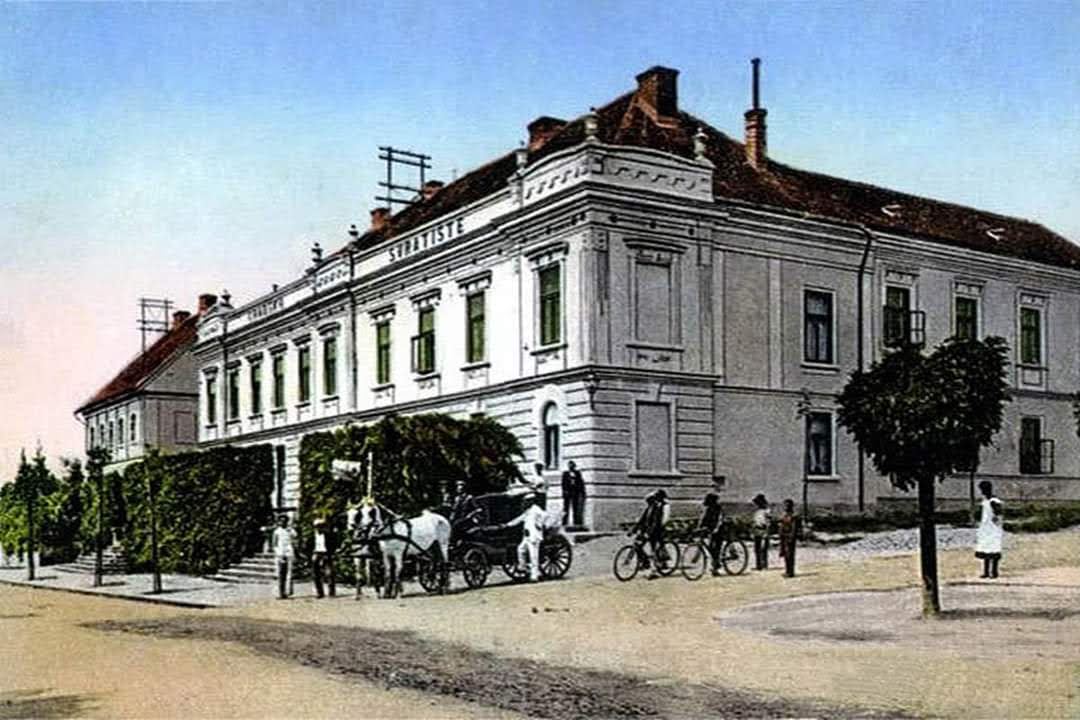 Croatian Home (Hrvatski Dom). At the time of this image, the building was located on Banska street. Today, it is known as Matije Gupca street
Croatian Home (Hrvatski Dom). At the time of this image, the building was located on Banska street. Today, it is known as Matije Gupca street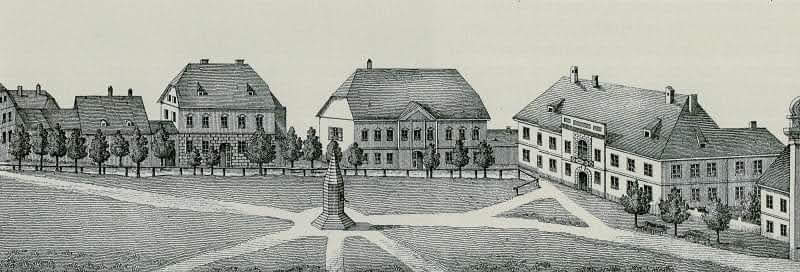
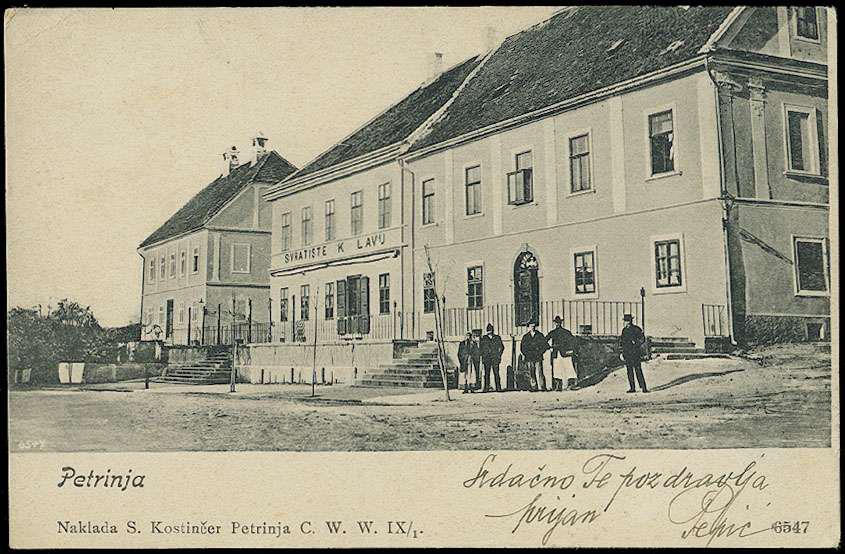
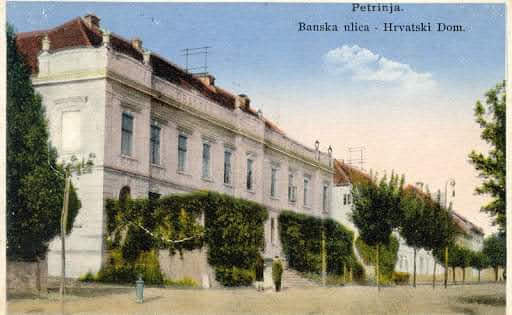
Croatian Home (Hrvatski Dom) on Banska street (today's Matije Gupca Street)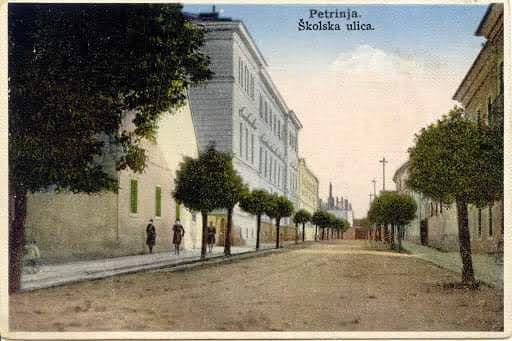
Formerly Školska street, this street is today known as Gundulićeva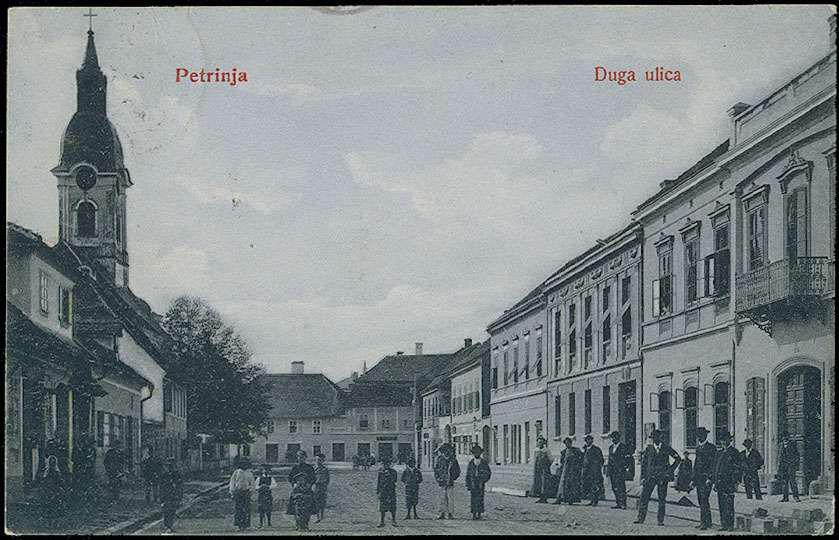
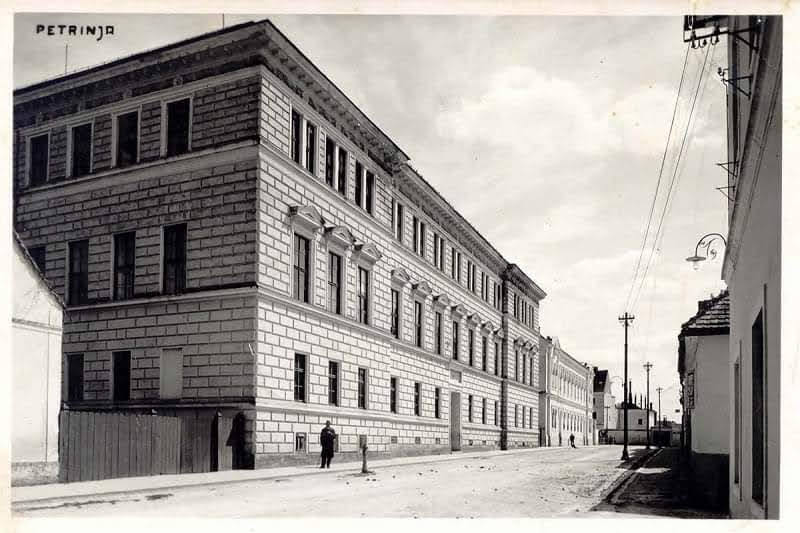
Today's secondary school building, formerly a teacher training school and a grammar school on Školska street (today's Gundulićeva)
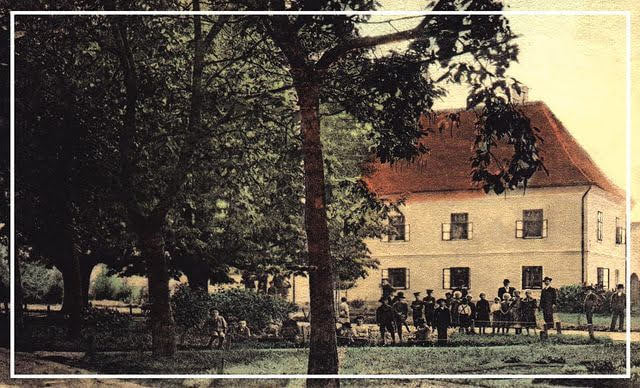
View of the former town courthouse from Petrinja town park
The town of Petrinja occurs where the river Petrinjčica meets the river Kupa , about 13 km southwest of Sisak and about 48 km southeast of Zagreb. Historic Petrinja is the capital of an area today known as Banija or Banovina (both are correct). The prefix 'Ban' refers to the title of a royal appointed 'duke', or similar, who used to run the area (or not) when it was part of the Austrian empire.
Many people have travelled very far to help the relief efforts since the earthquake of late December 2020. Because some people have no homes, no electricity, no food, no jobs, no heat. And it is the middle of winter. Others stay at home and argue online about whether the area should be referred to as Banija or Banjovina. How - and if - you judge such a debate is entirely your choice.
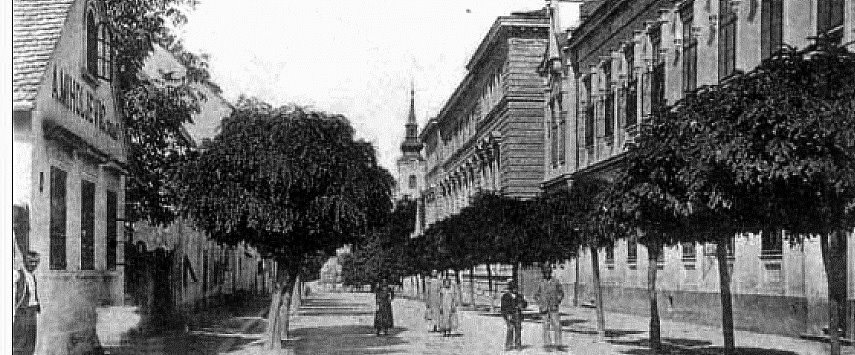
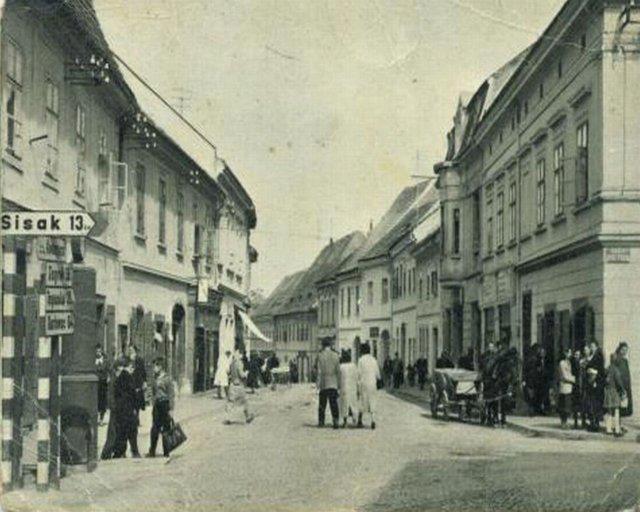
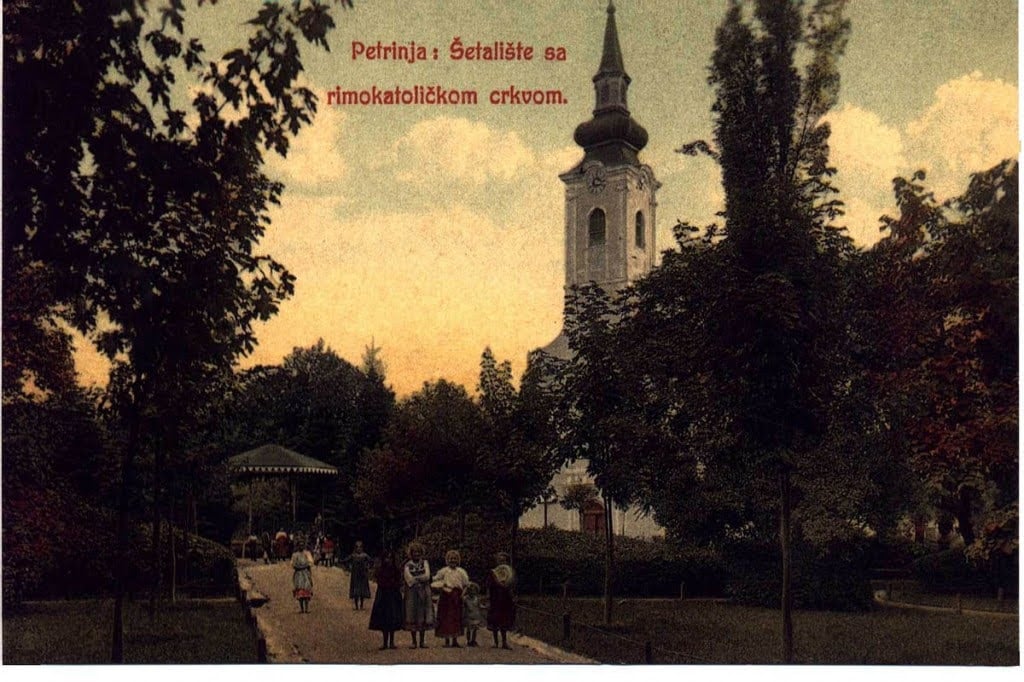
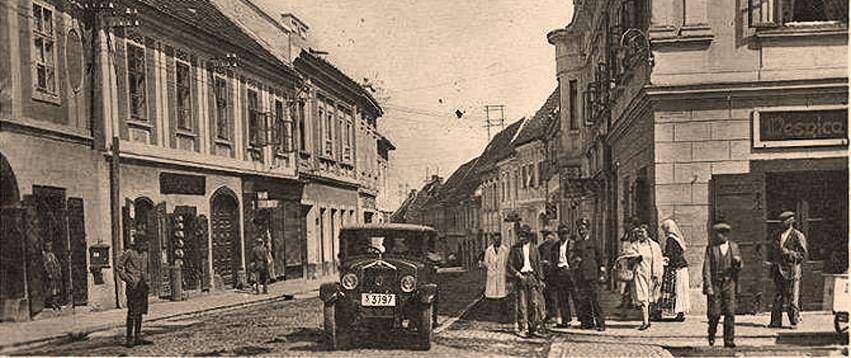
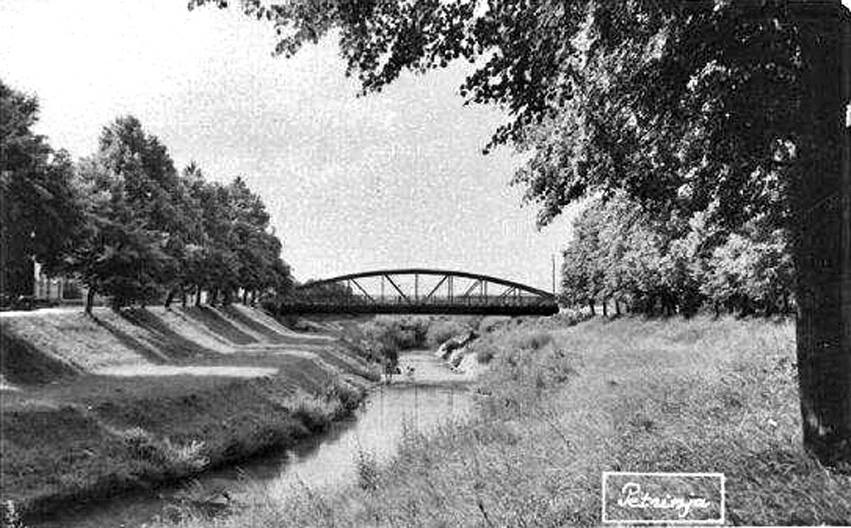
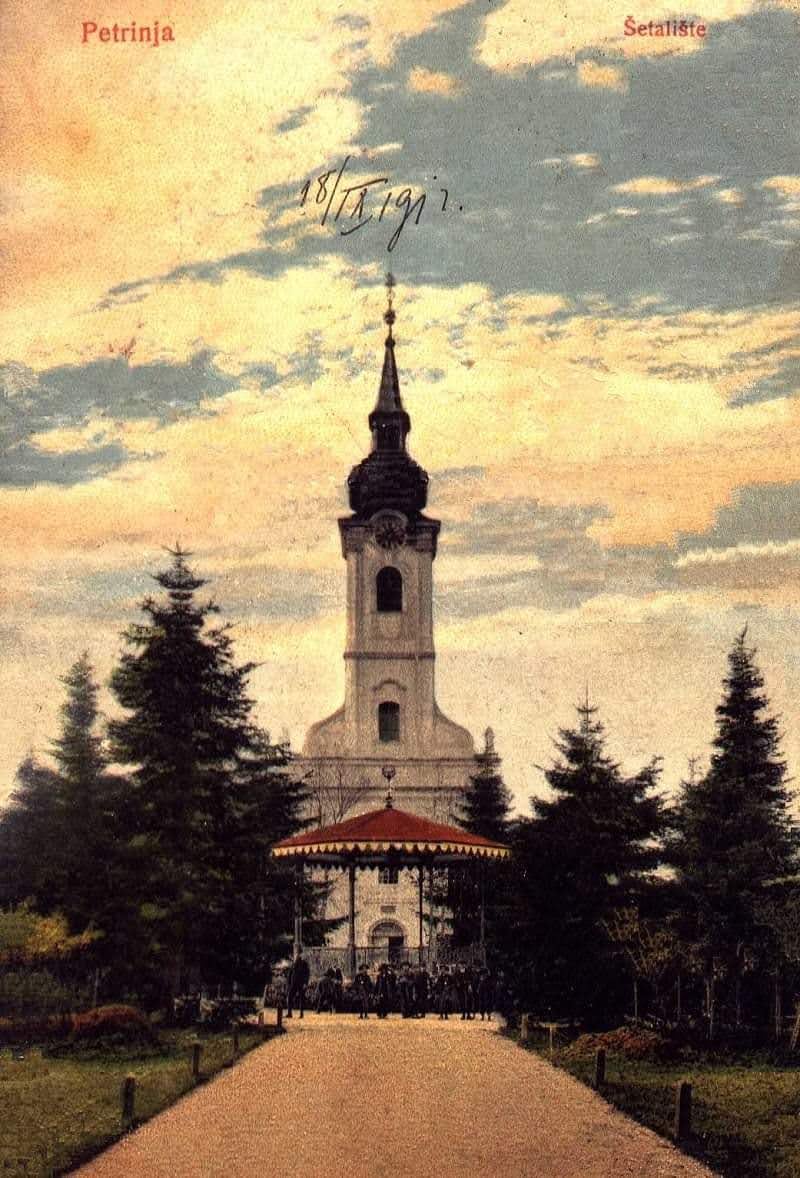 Church of St. Lawrence in the town park
Church of St. Lawrence in the town park
After fleeing from the invading ottomans, the Gavrilović family located in the area of historic Petrinja during the mid 17th century. In the year 1773, the Empress Marija Teresa decided Petrinja would be a centre of craft guilds, including the butcher's guild, of which the Gavrilović family were a part.
In the early 1800s, the Gavrilović family became the main suppliers of meat for Napoleon’s troops located here, on the former military frontier. By 1883, long after the departure of the French, the Gavrilović meat factory employed 50 people and slaughtered 50 pigs a day. It became Croatia's first salami, sausages and cured meats factory.
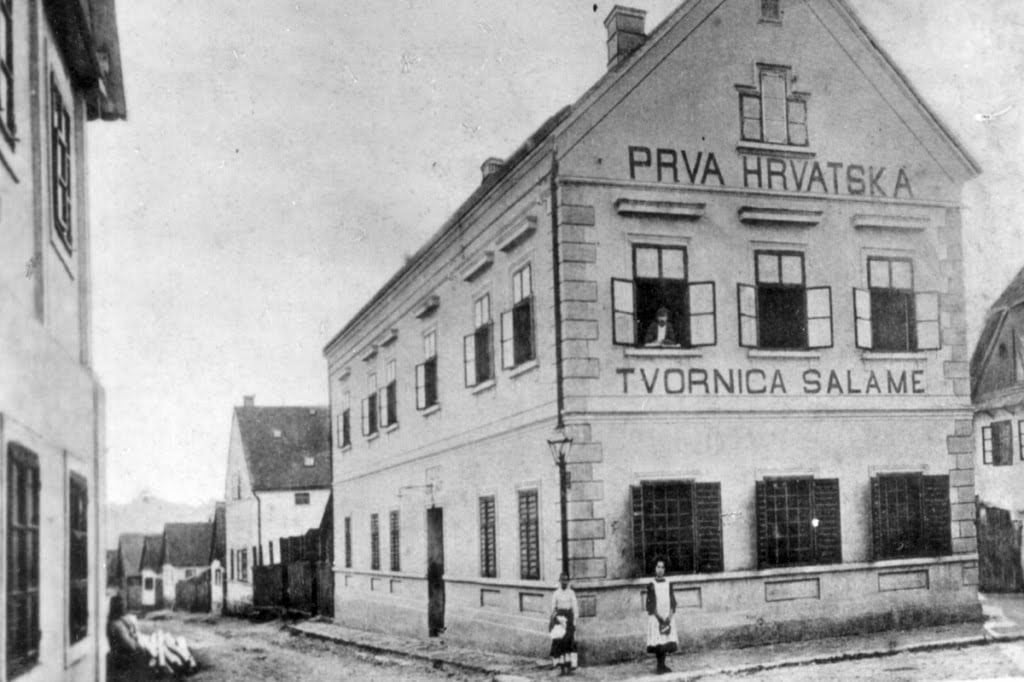 Croatia's first salami factory on Srnakova / Gundulićeva street
Croatia's first salami factory on Srnakova / Gundulićeva street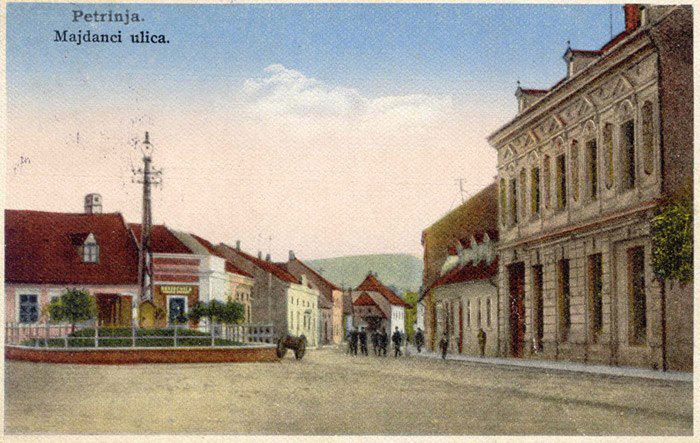
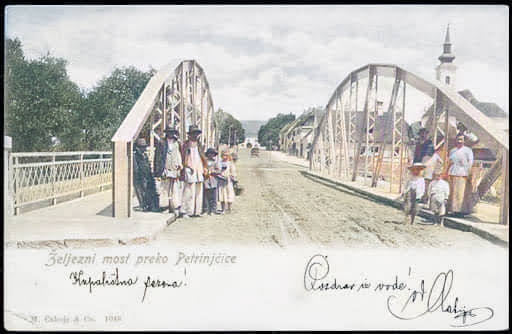
Iron bridge over the river Petrinjčica, Matije Gupca Street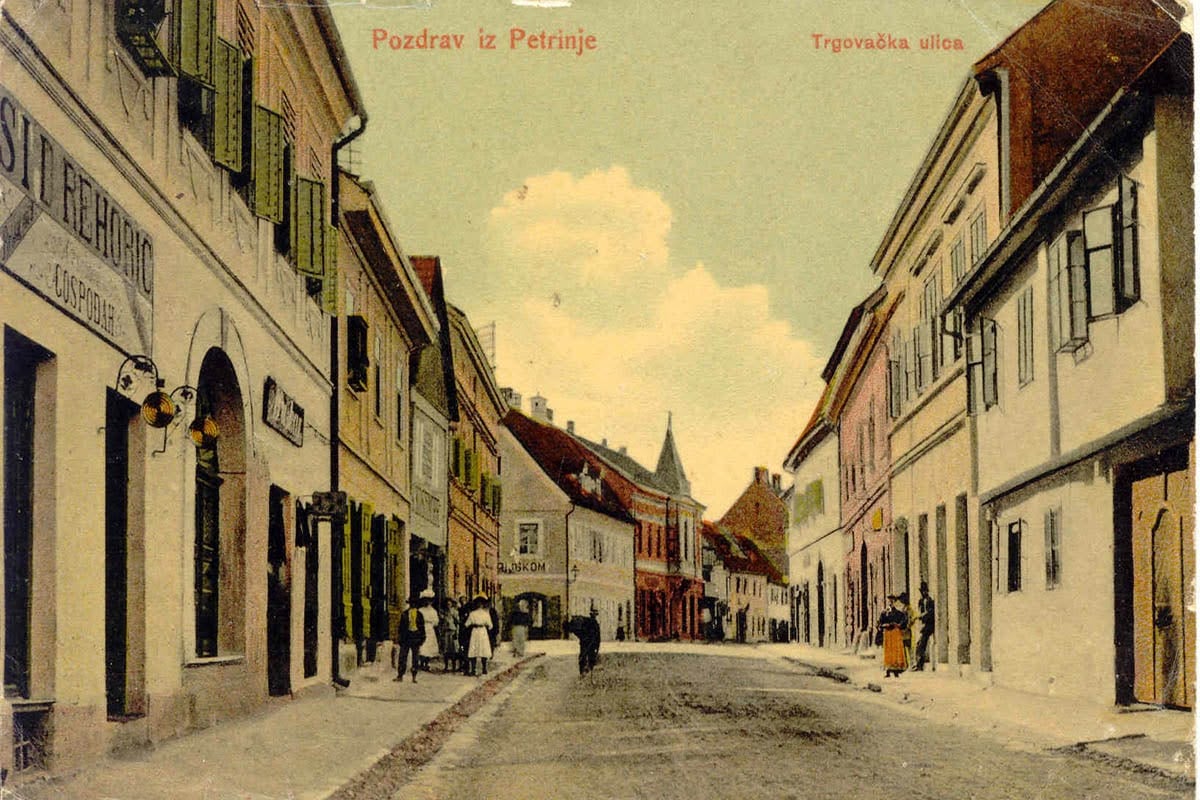 Trgovačka street, today known as Nazorova street
Trgovačka street, today known as Nazorova street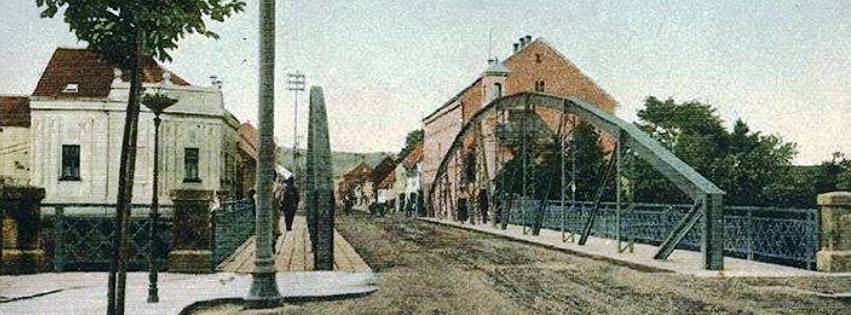
The town dates back to at least the 13th century, as does its first fortifications, built to stand against the invading Tartars. The city was granted free royal status during this time for its defence against these invaders
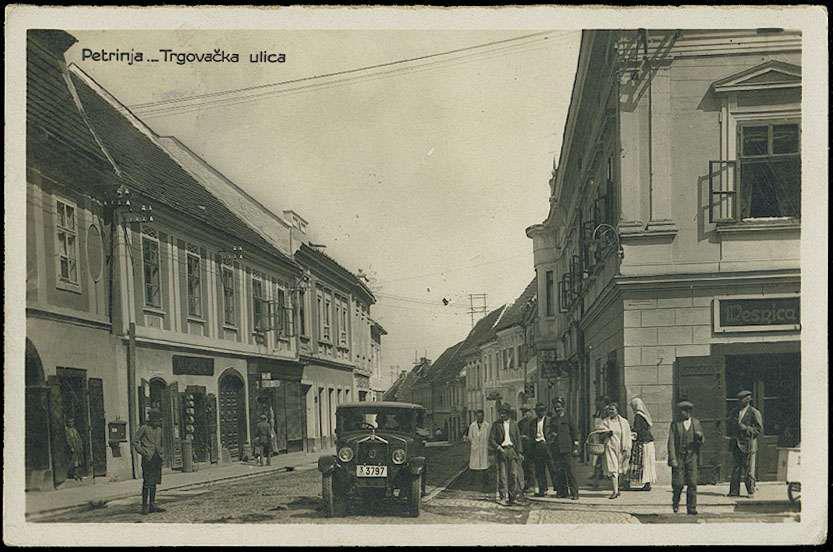
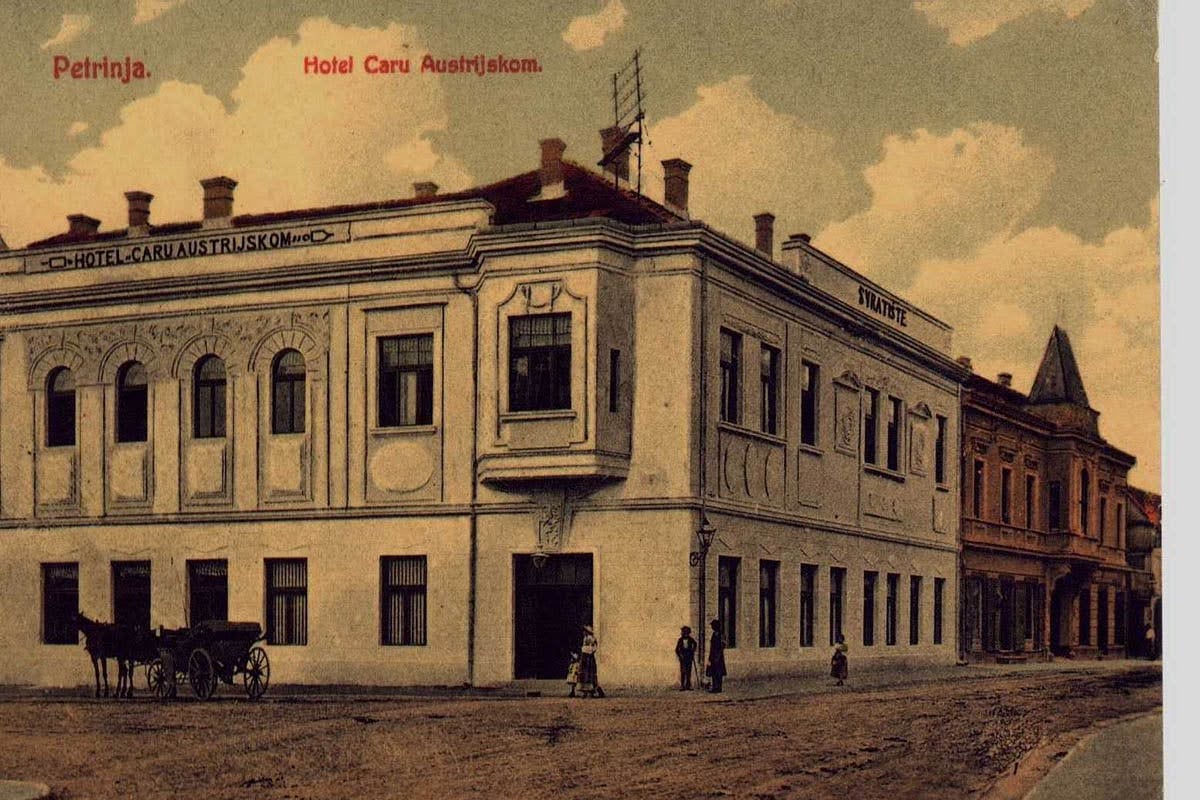 The town hotel, on Turkulinova / Nazorova street
The town hotel, on Turkulinova / Nazorova street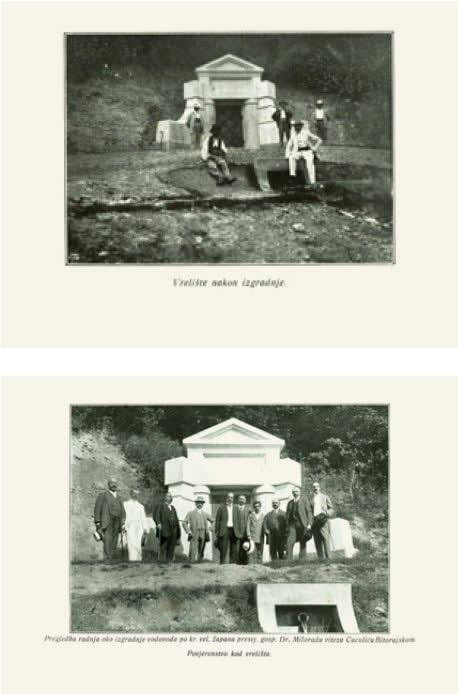
Petrinja springhead/water source on Jelen hill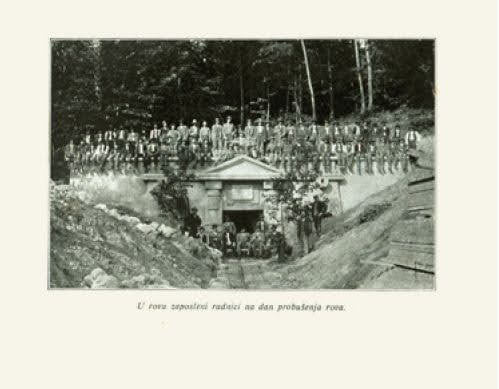
The grand opening of the city waterworks, on the hills overlooking Petrinja
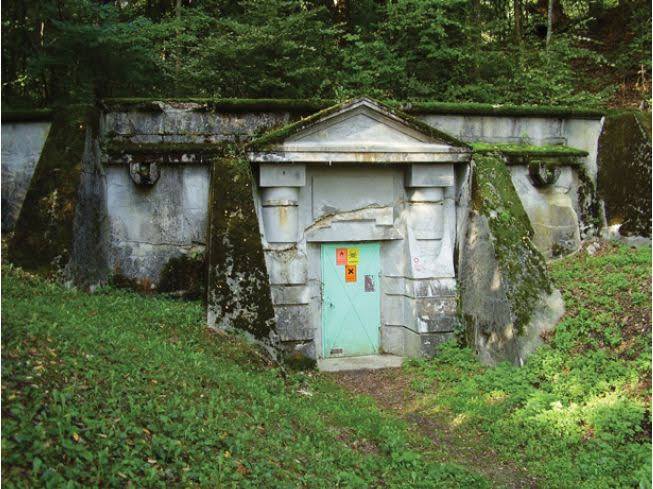 Contemporary view
Contemporary view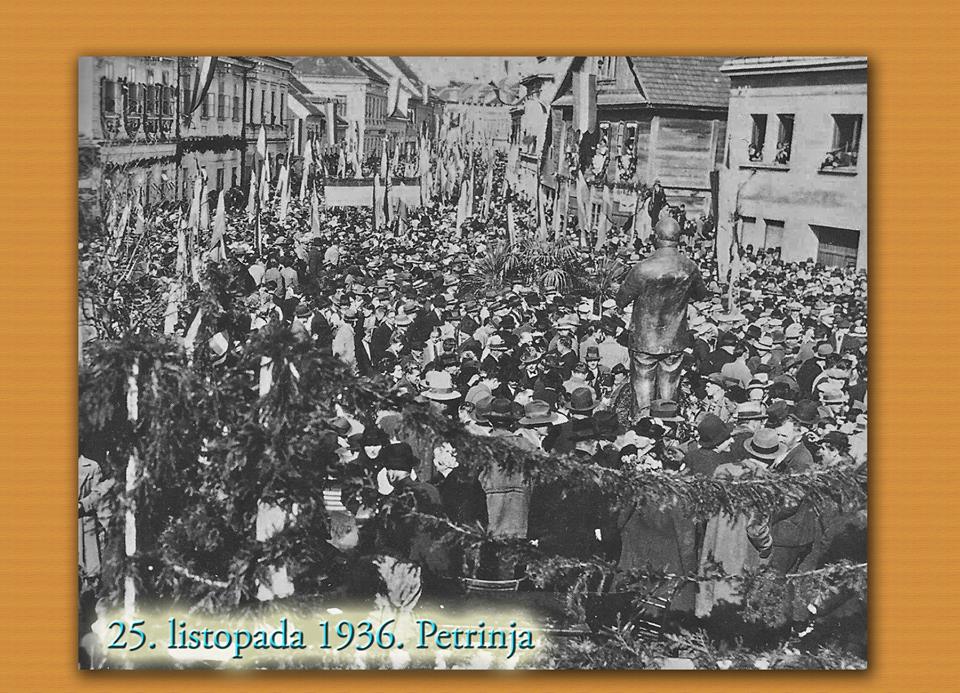
Historic Petrinja: The Yugoslav era
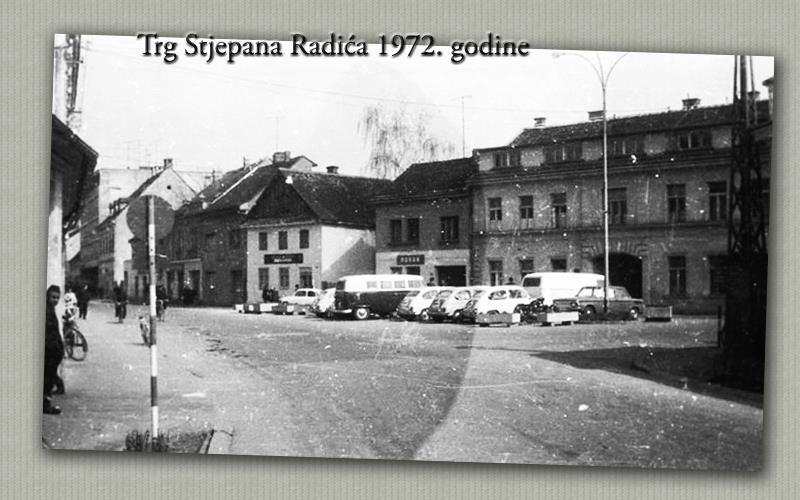
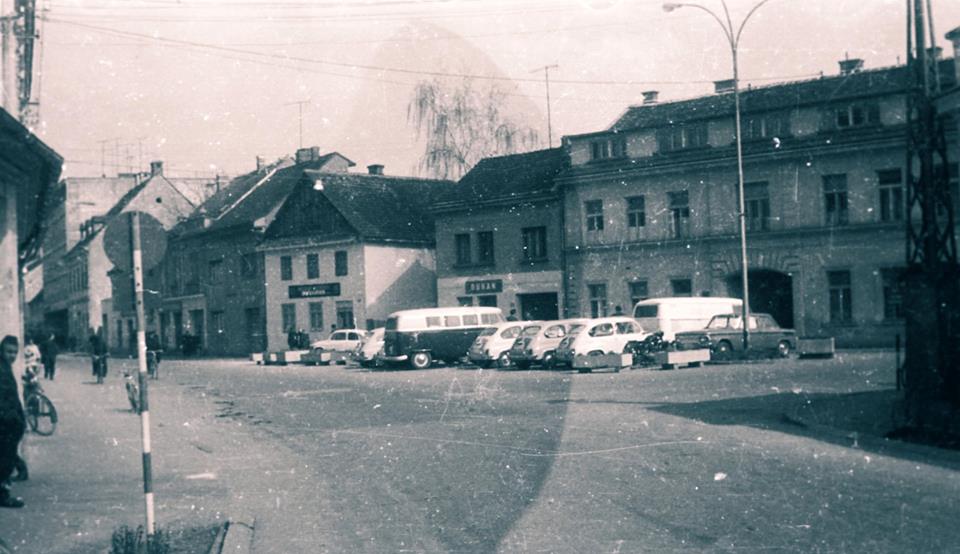
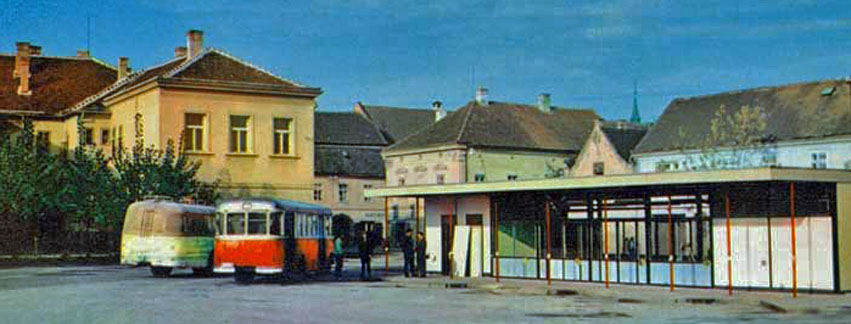
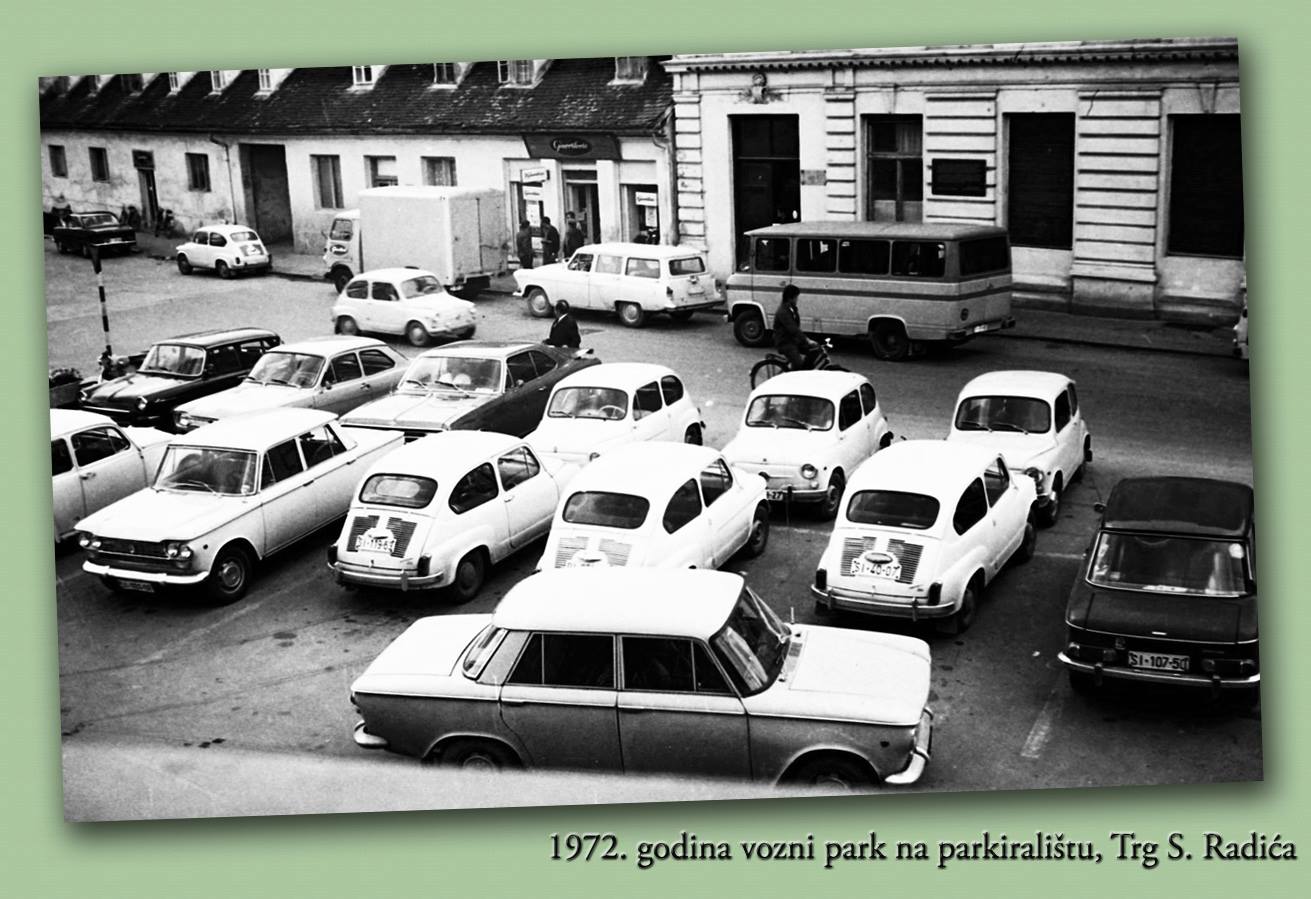
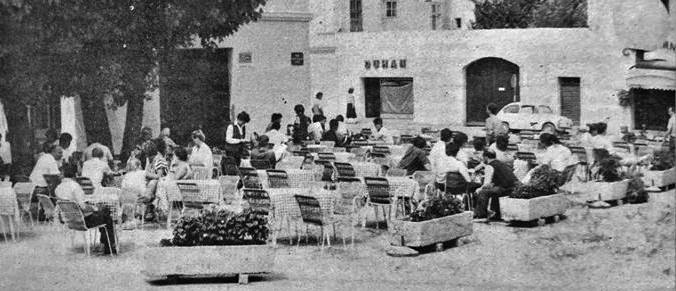
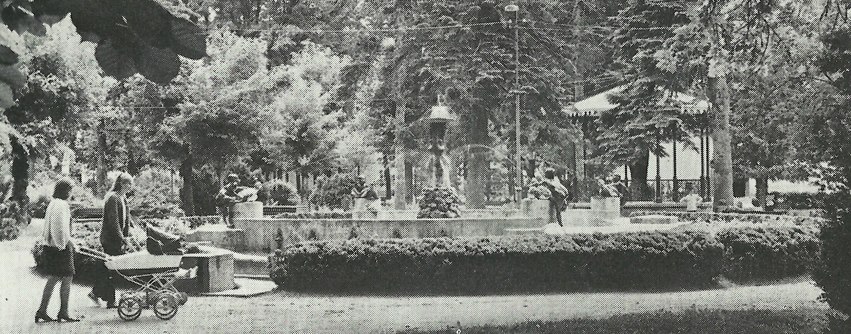
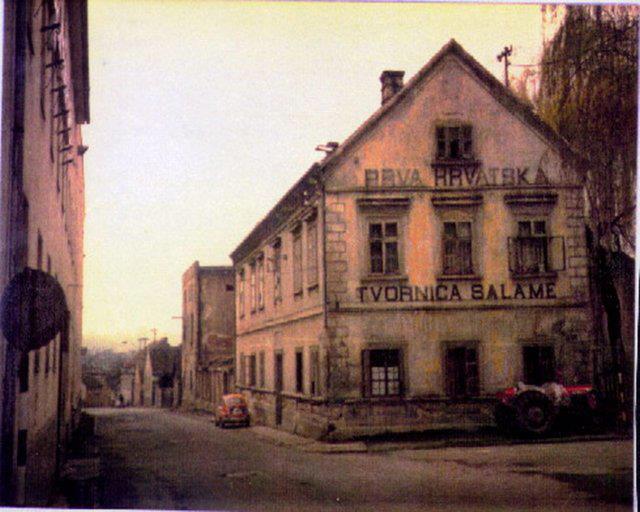
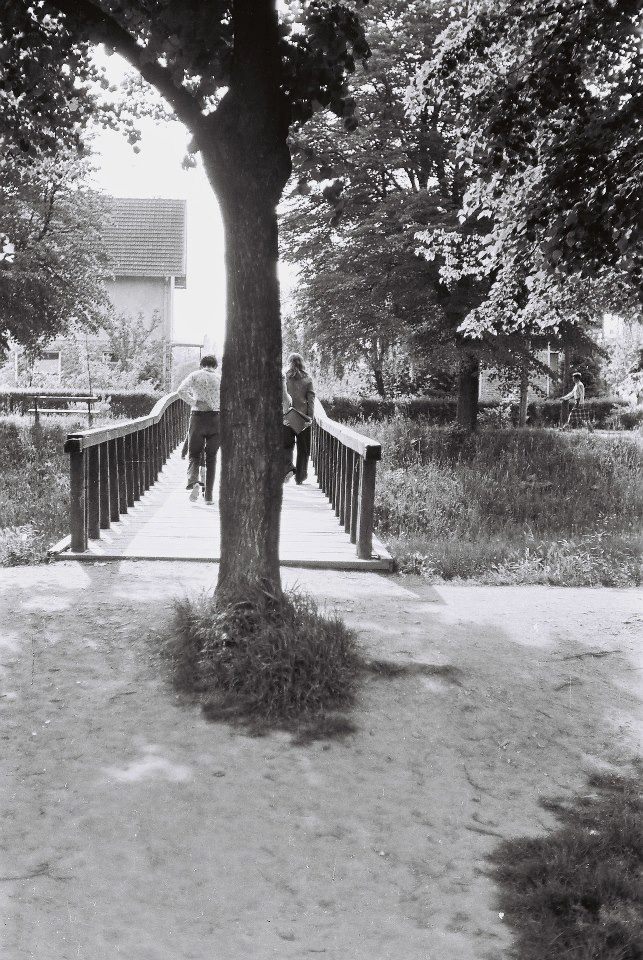
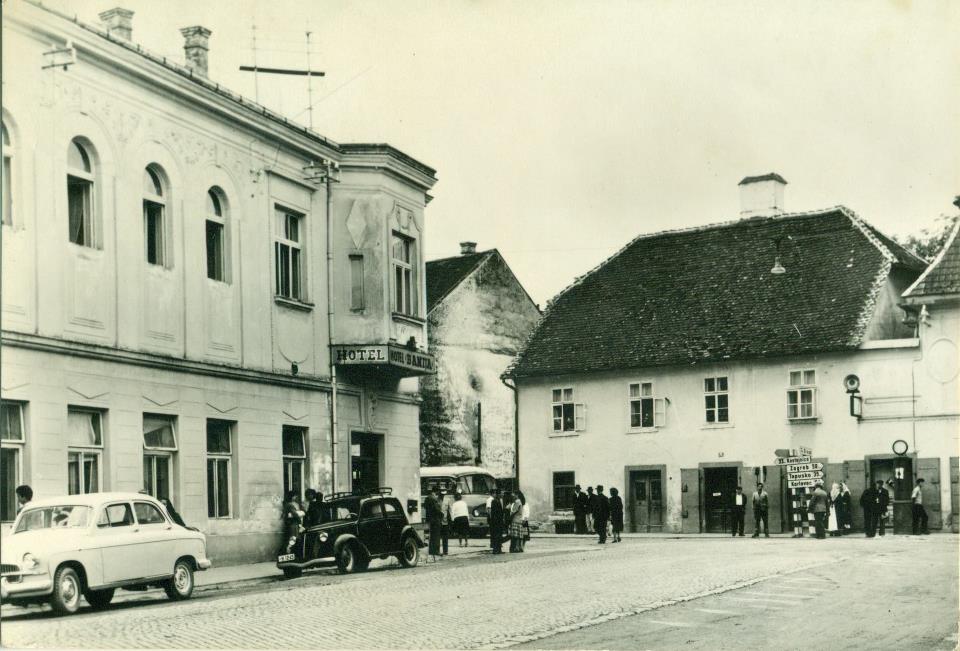
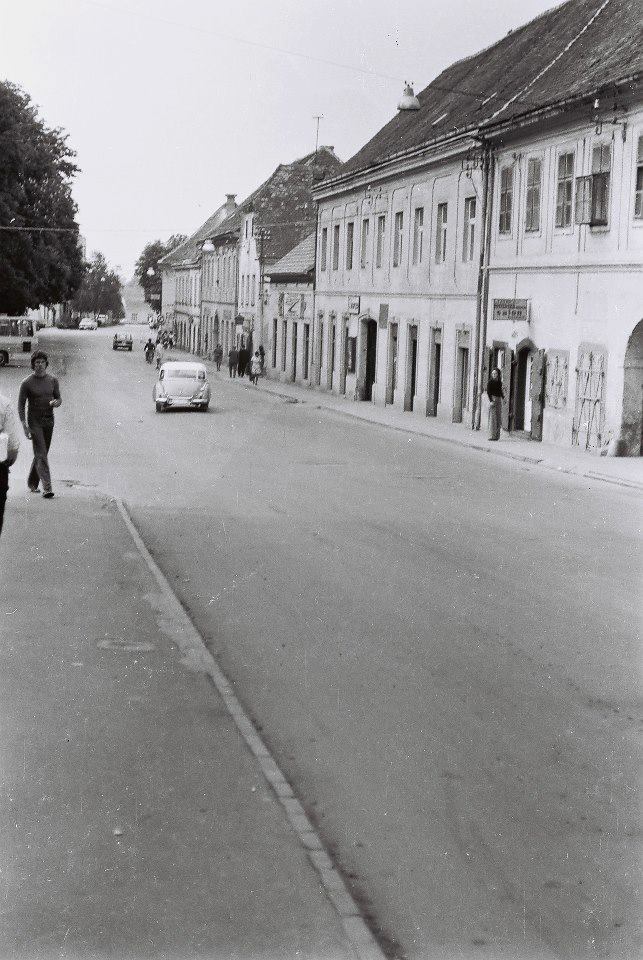
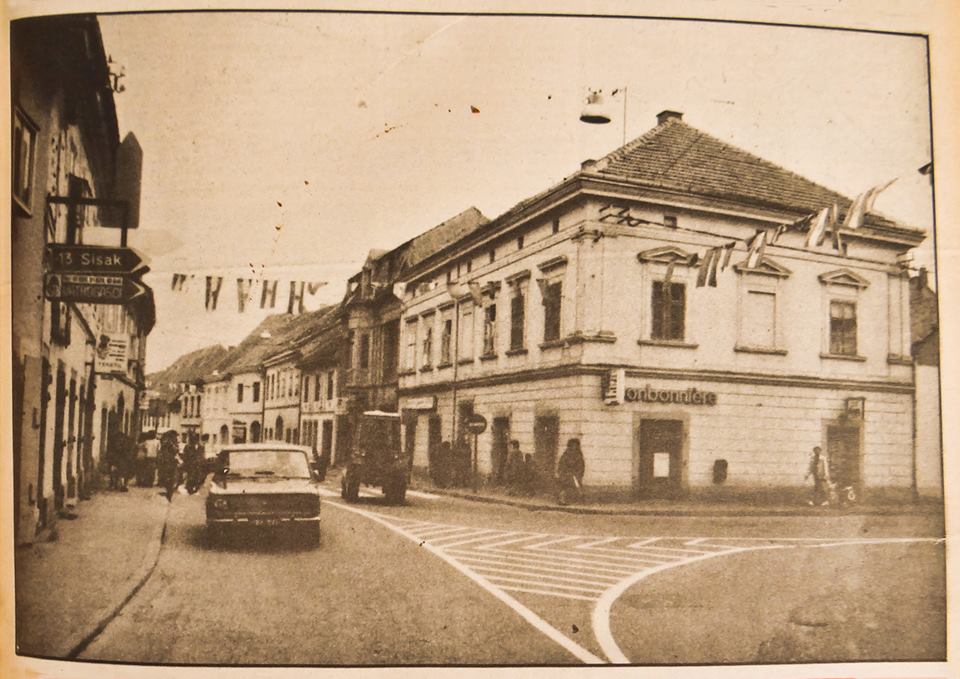
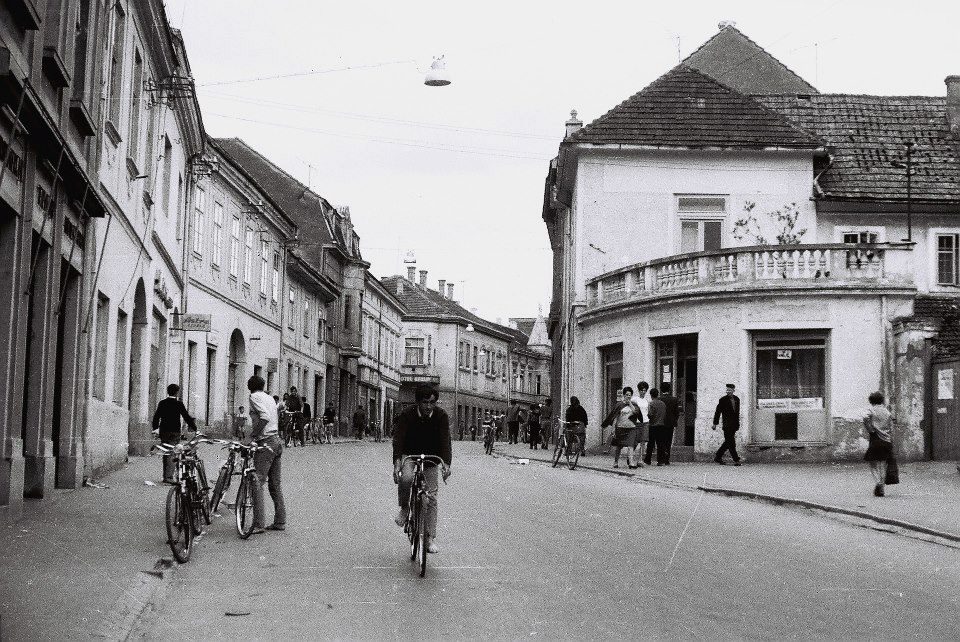
Petrinja has always been a town of the Christian religion. Many Orthodox Christians fled to the area to escape the invading Ottomans. The name of the town's most famous industrial family, Gavrilović, for instance, is more associated with Orthodox Serbia than Catholic Croatia. But, by 1948, over 82% of the town identified as Croatian. The town and surrounding areas were repopulated following the Second World War, for political and economic reasons. By 1981, 31.36% of the population of historic Petrinja and its surrounding settlements identified as Serbs, 39.31% as Croats and 24.69% as Yugoslavs. If you're not from the region, that might be difficult to get your head around.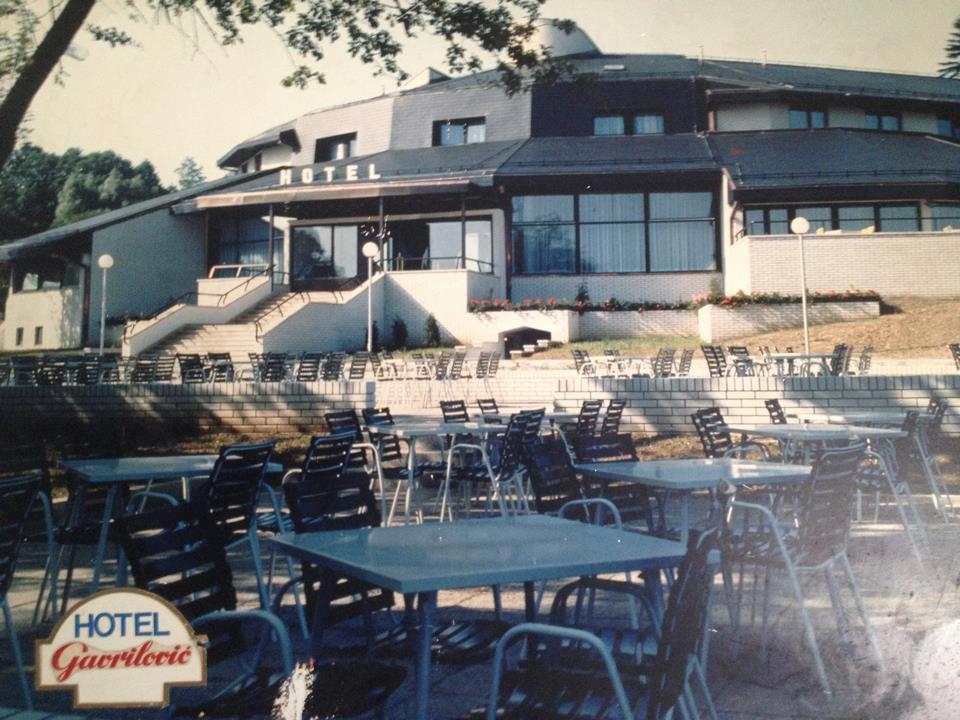
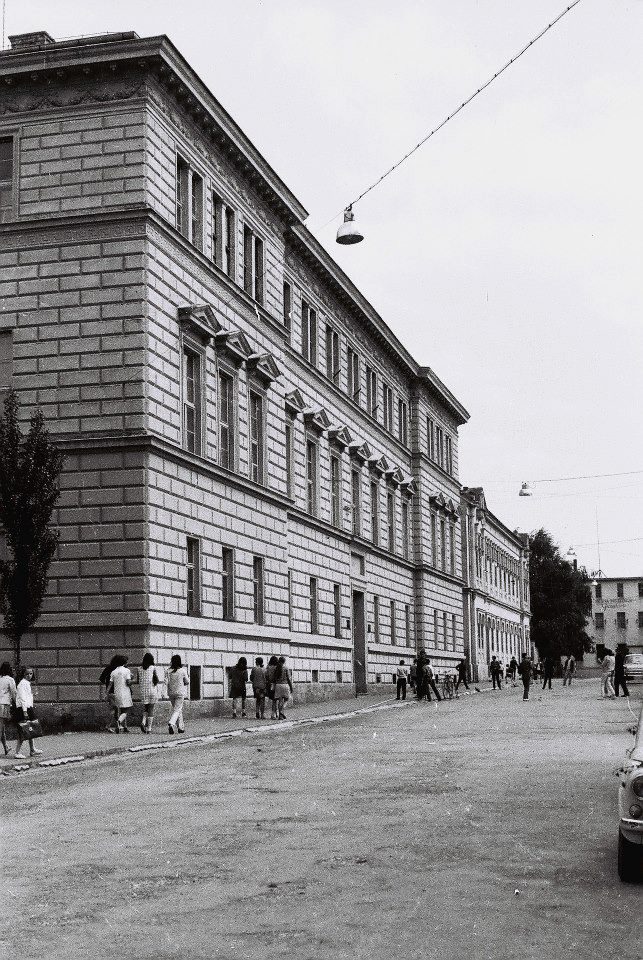
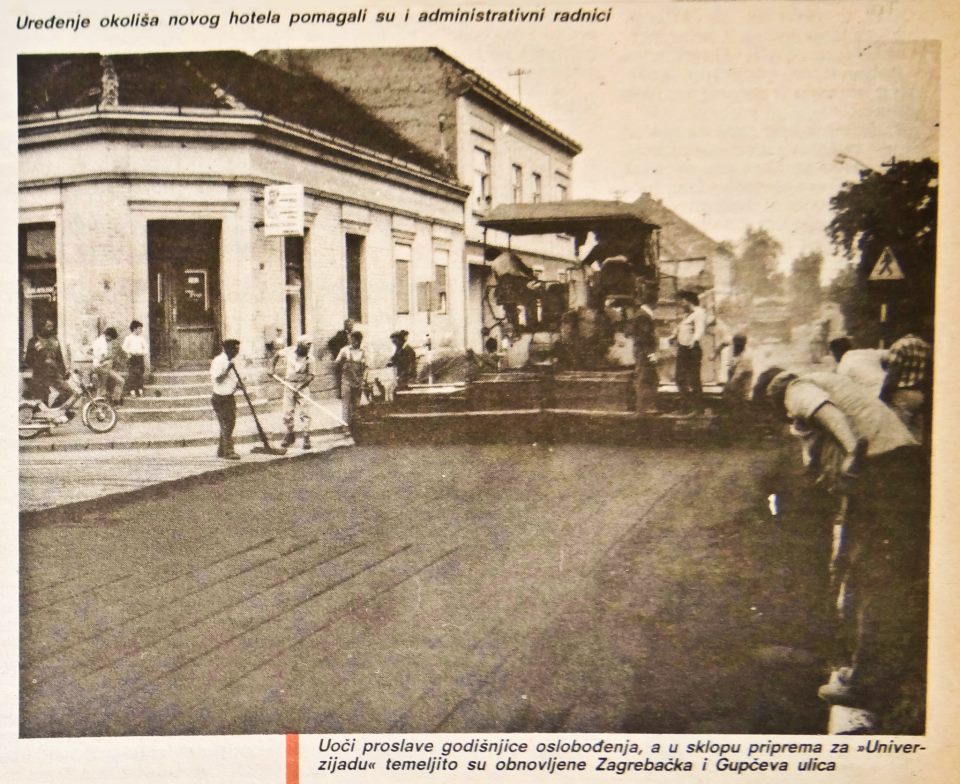
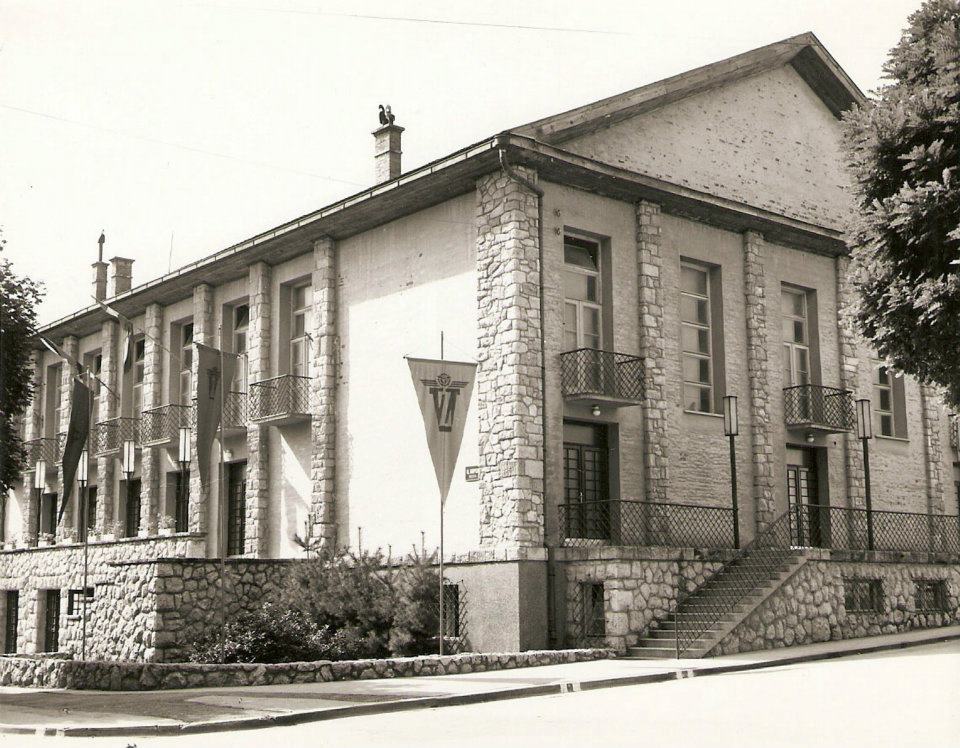
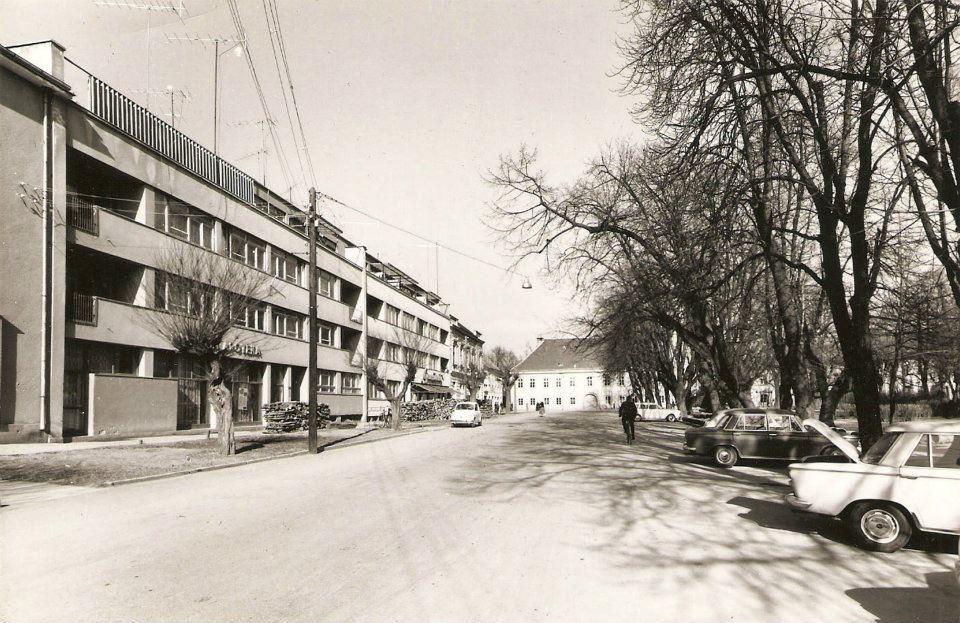

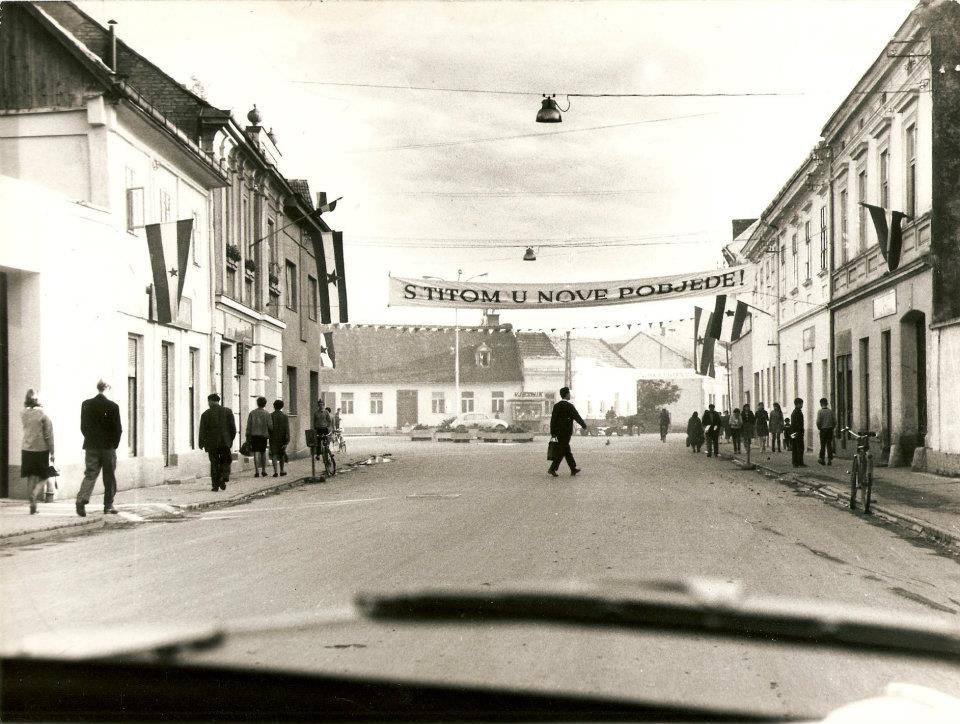
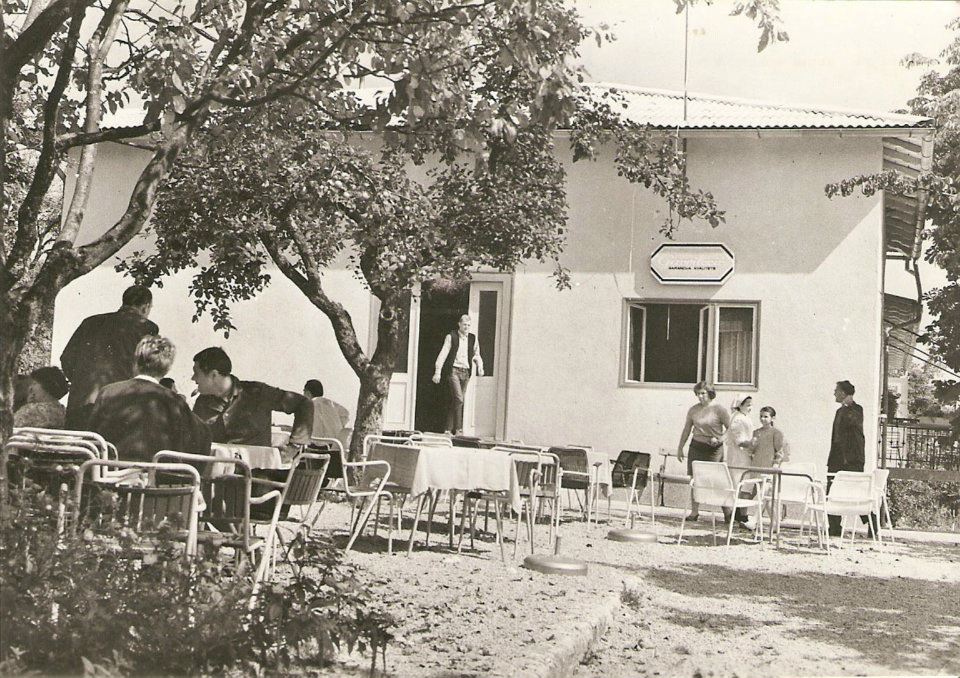
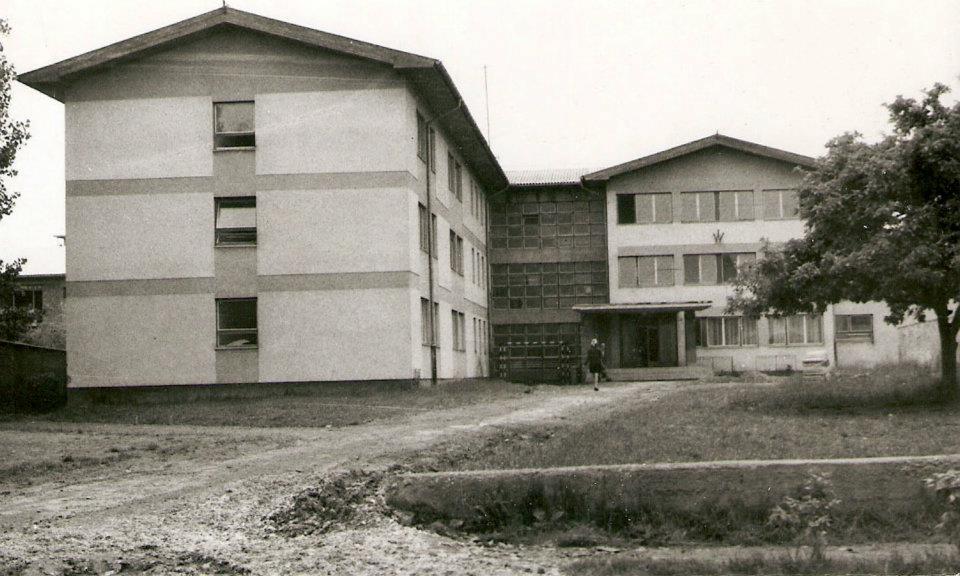
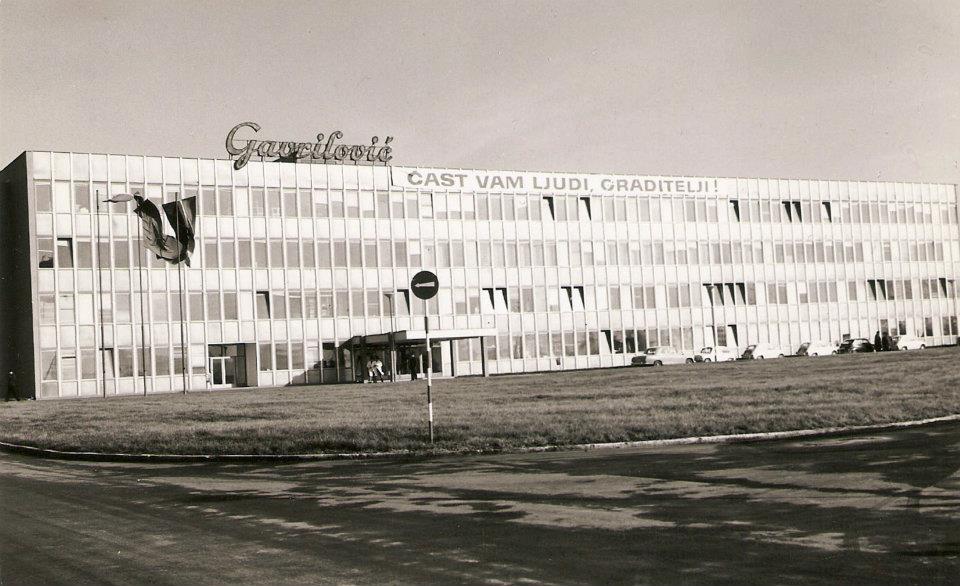
”Even in the times of the Iron Curtain, the Gavrilović company supplied meat to the American army who were stationed in some areas of southern and eastern Europe,” a resident of historic Petrinja tells TCN. “Everyone across Yugoslavia knew about this company. They had lots of great products – they still do! Many people used to work there,” Although the Gavrilović family fled the area after the Second World War, when the company was seized and nationalised by communist authorities, they came back in the 1990s to save it from bankruptcy. They returned production to the historic Petrinja area and today the company is run by the ninth generation of the Gavrilović family to be at the helm
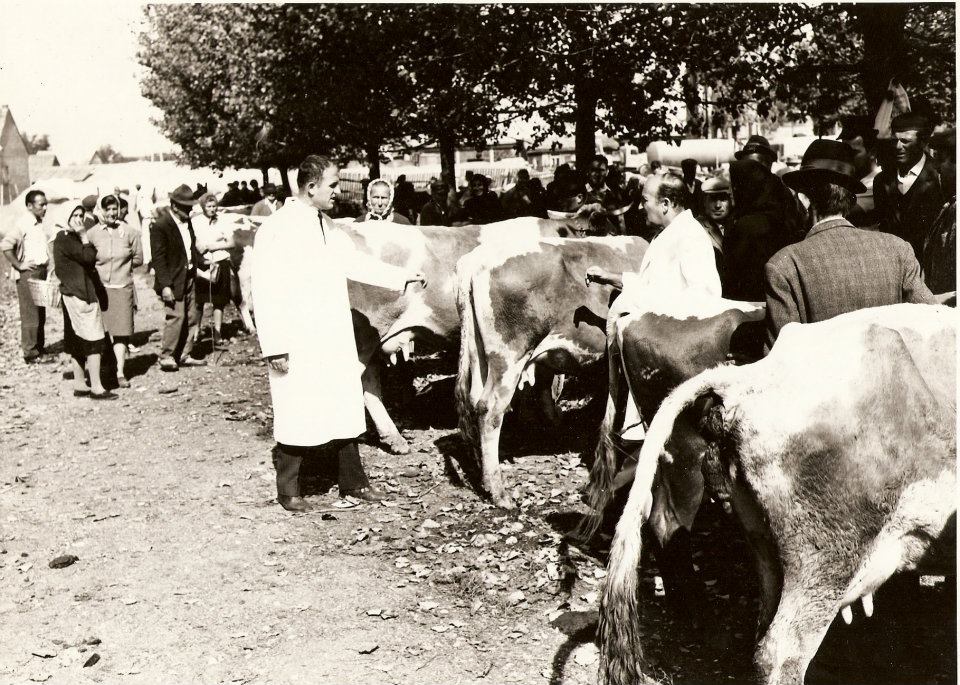
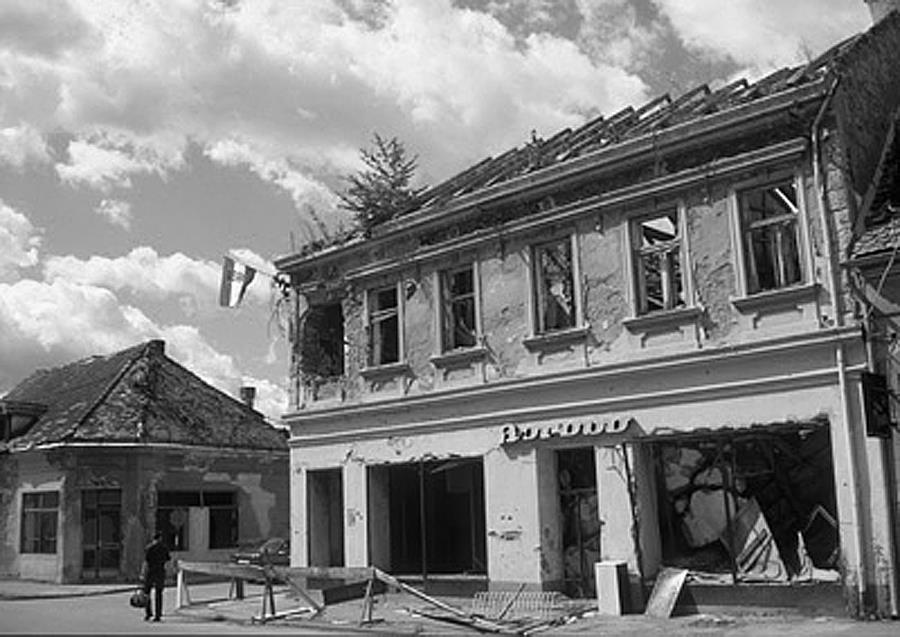
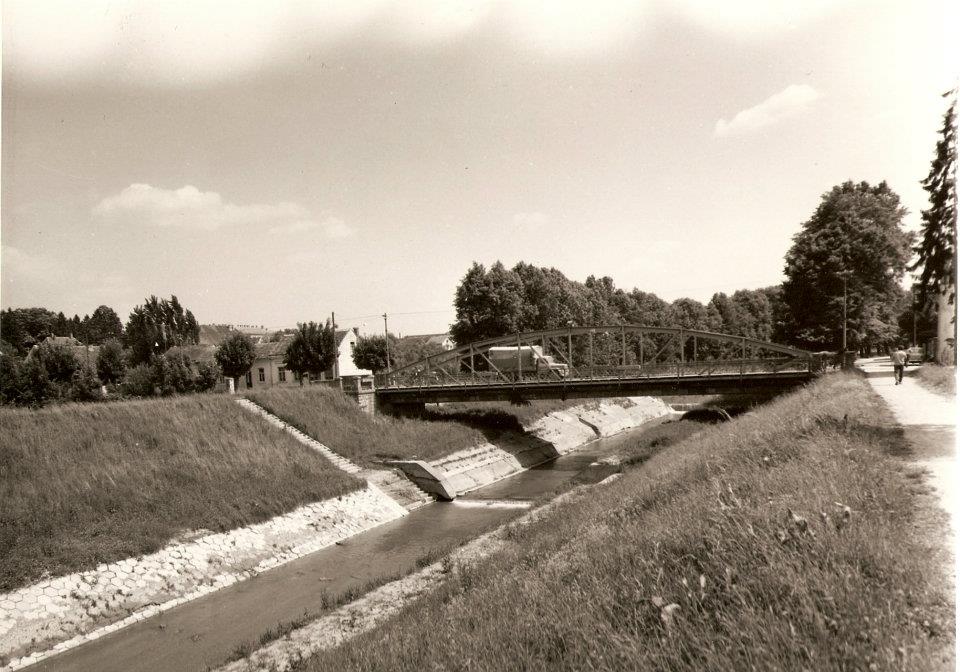
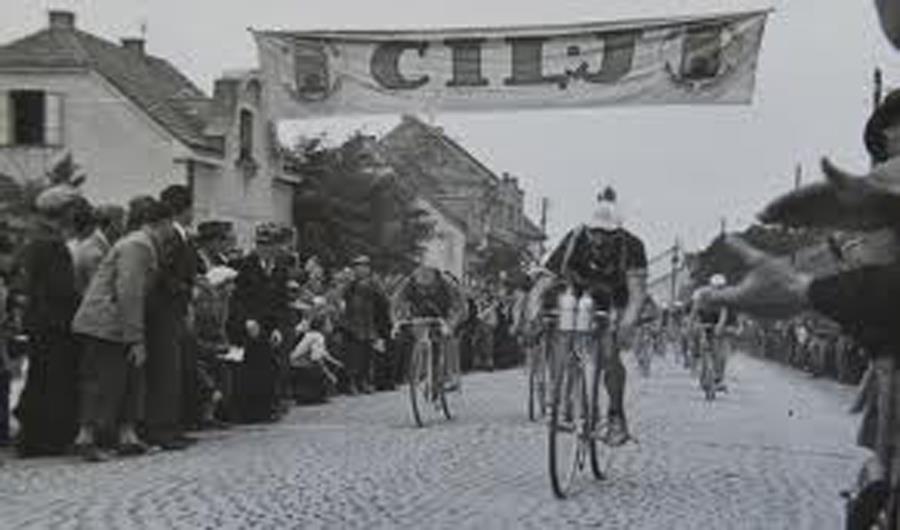
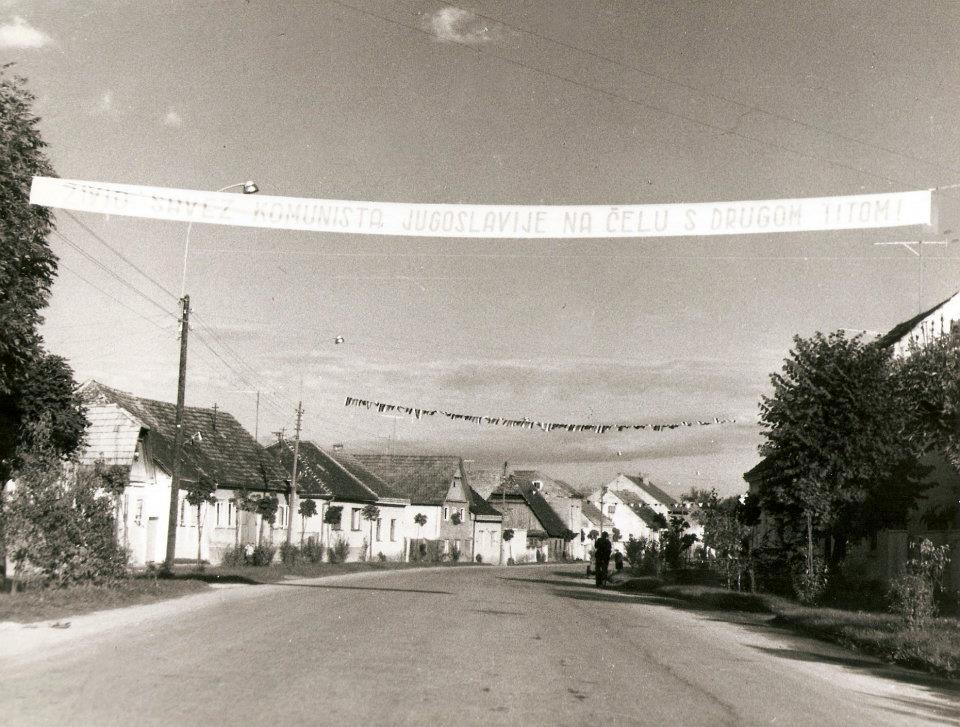
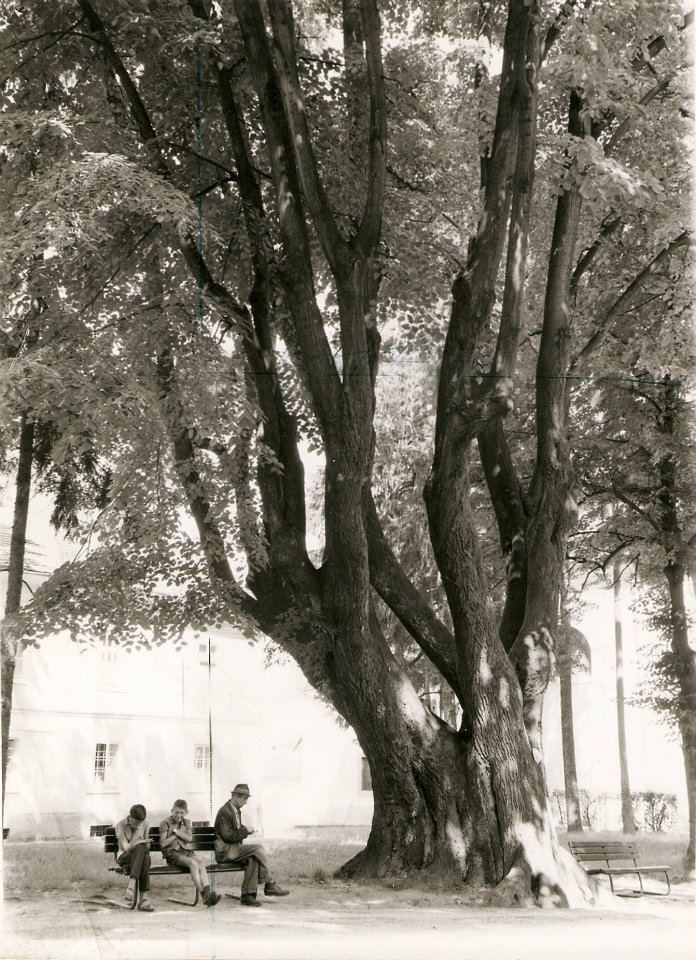
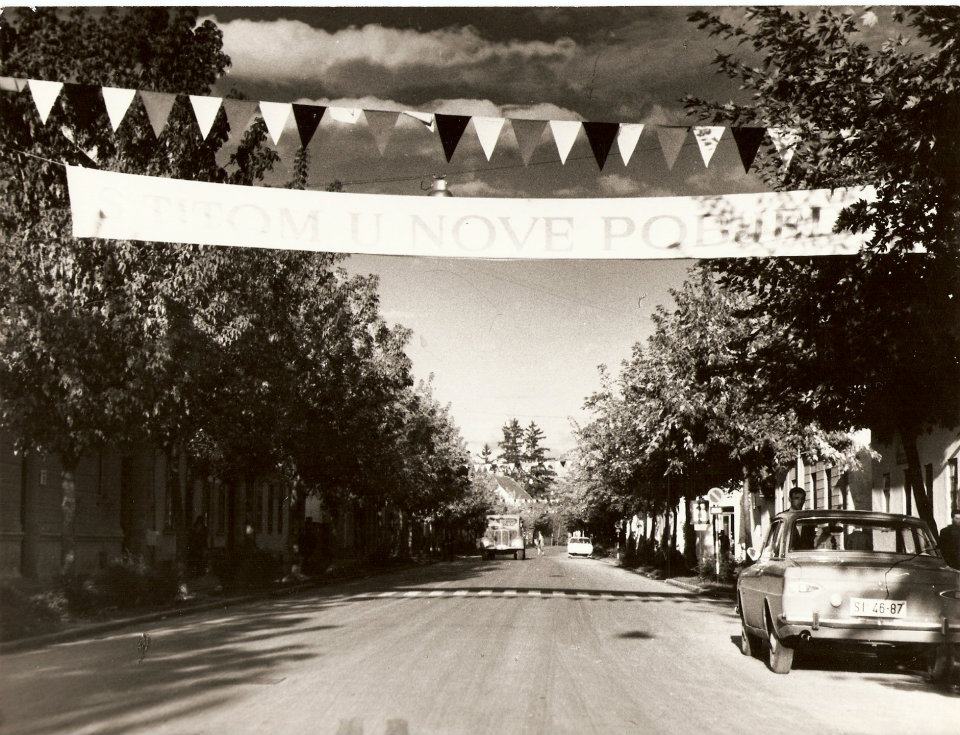
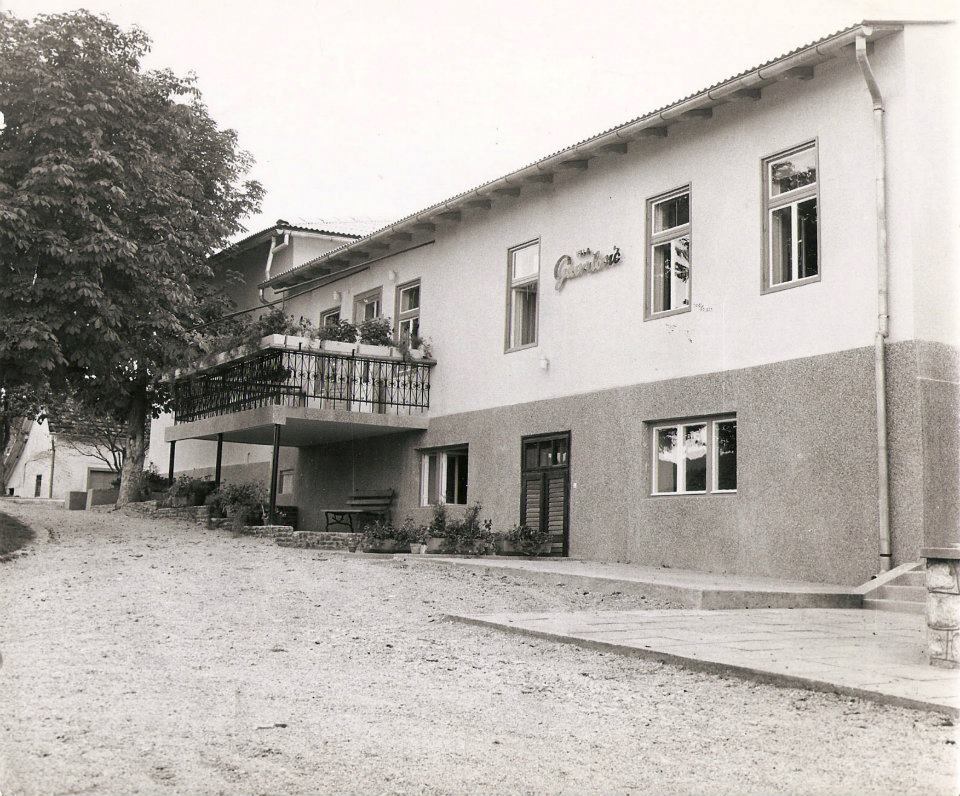
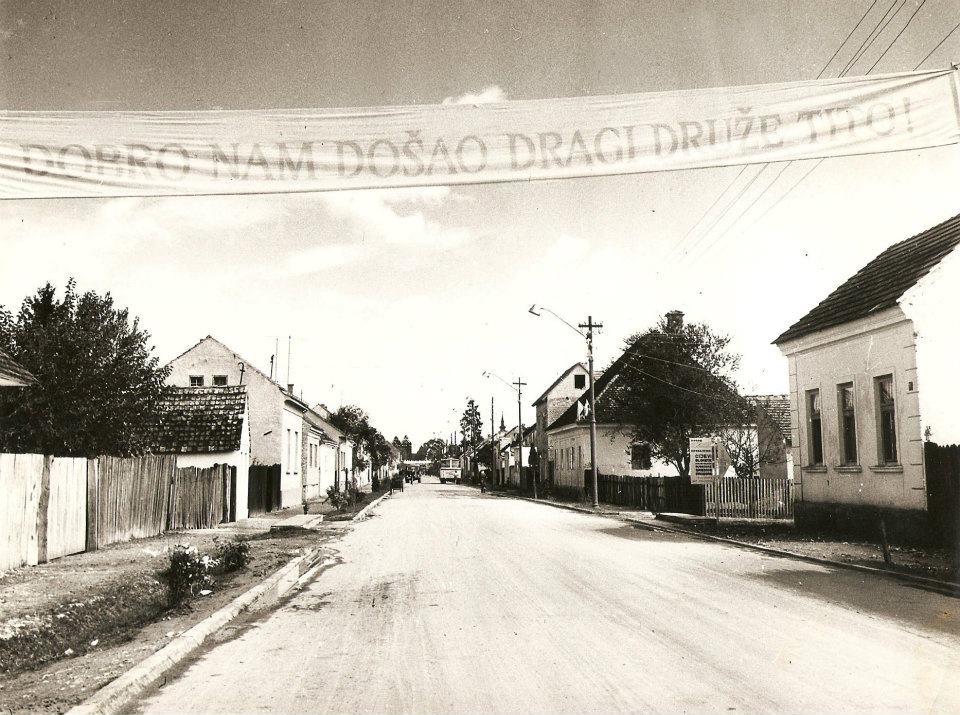
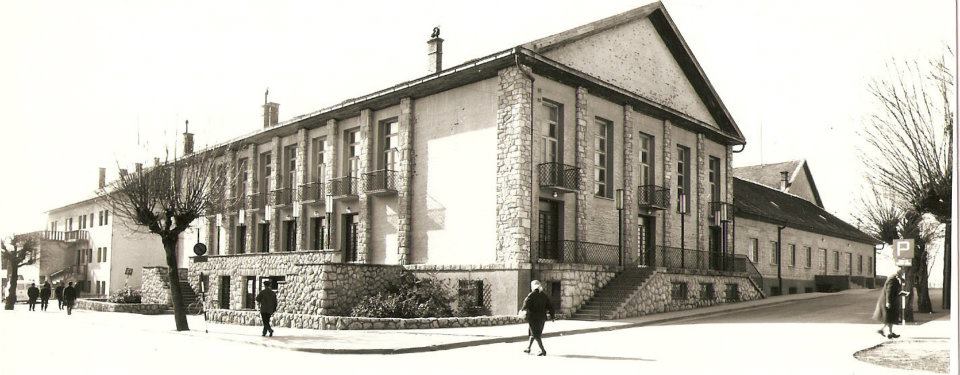
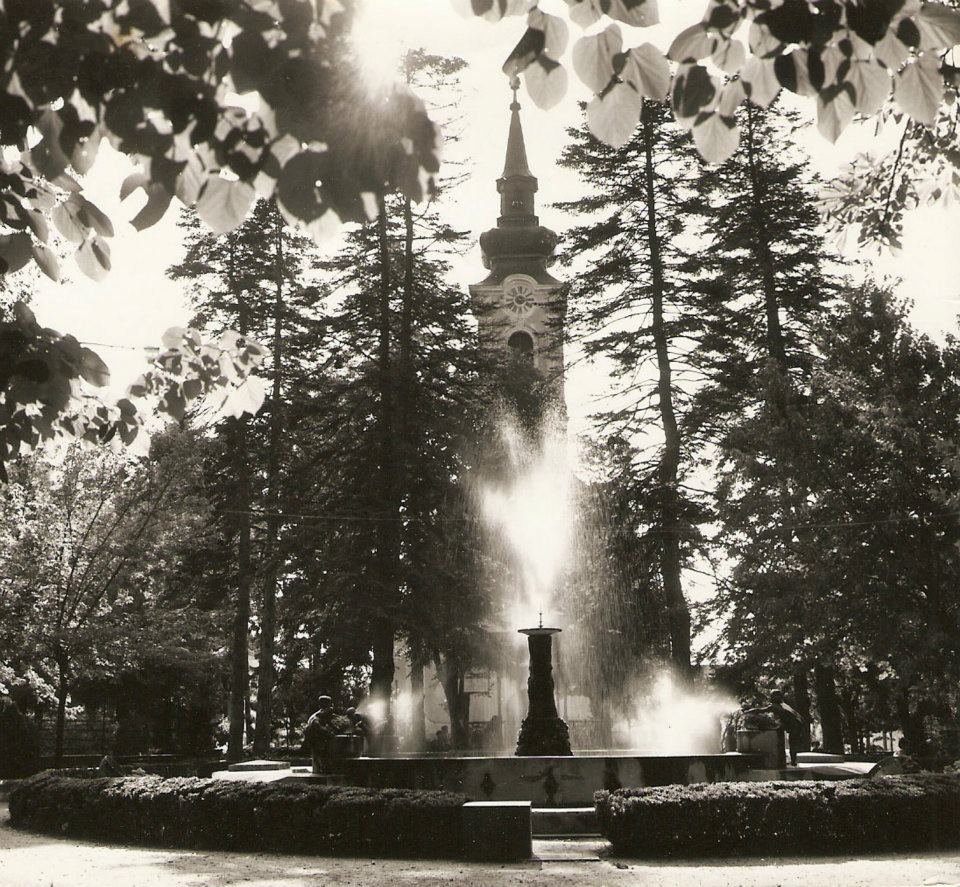
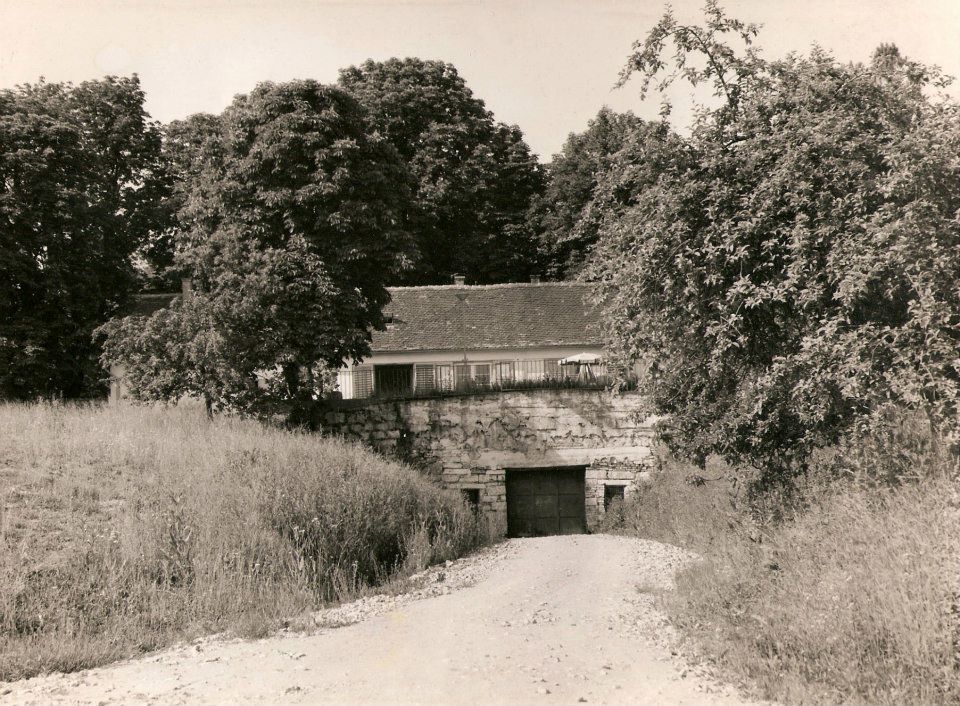
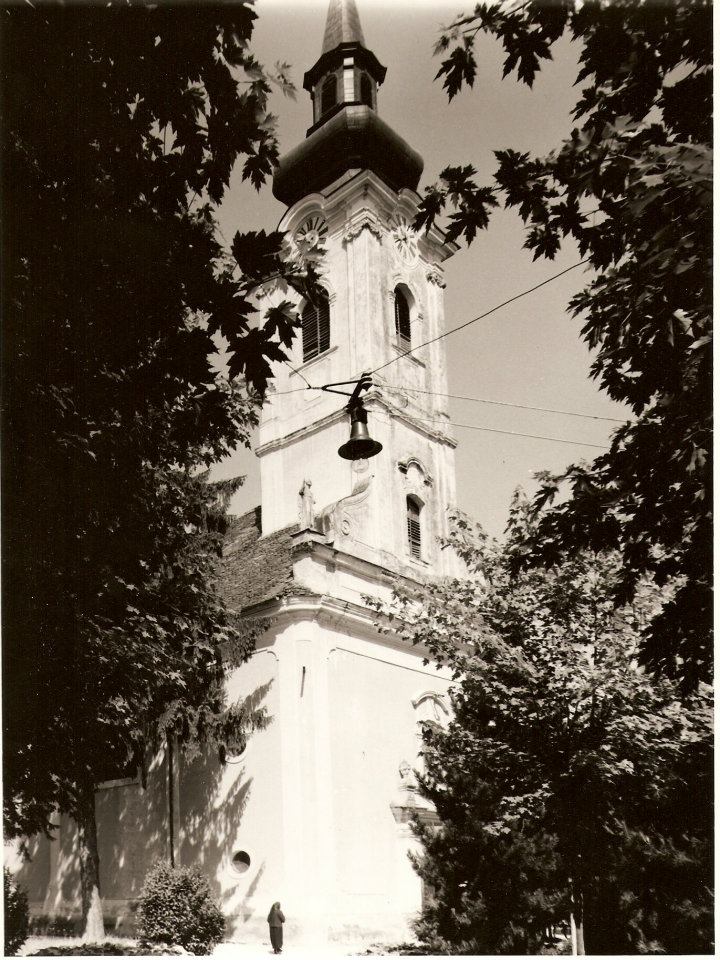
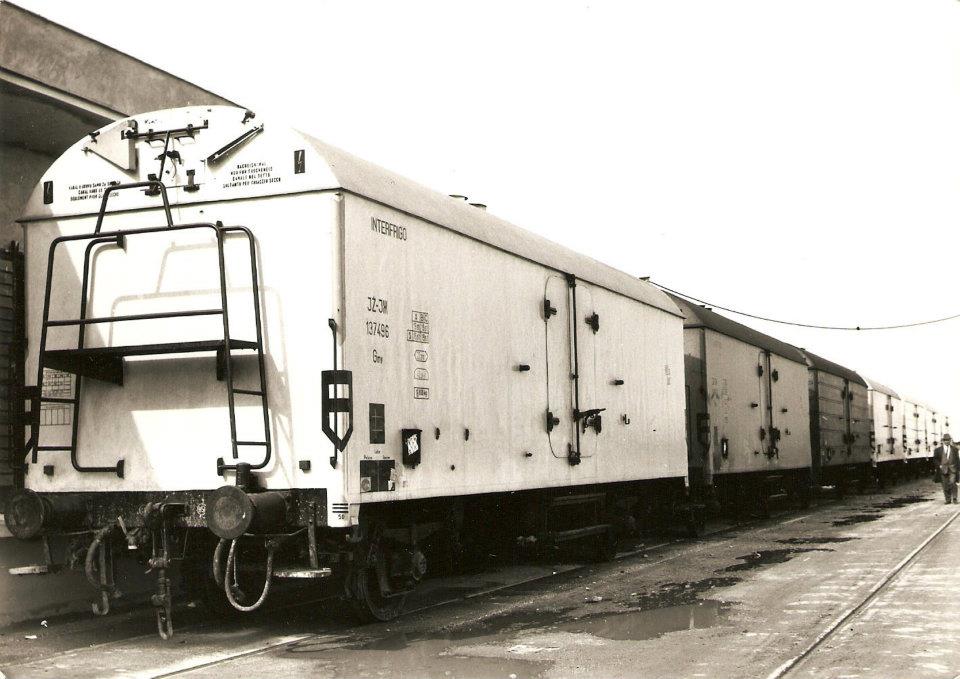
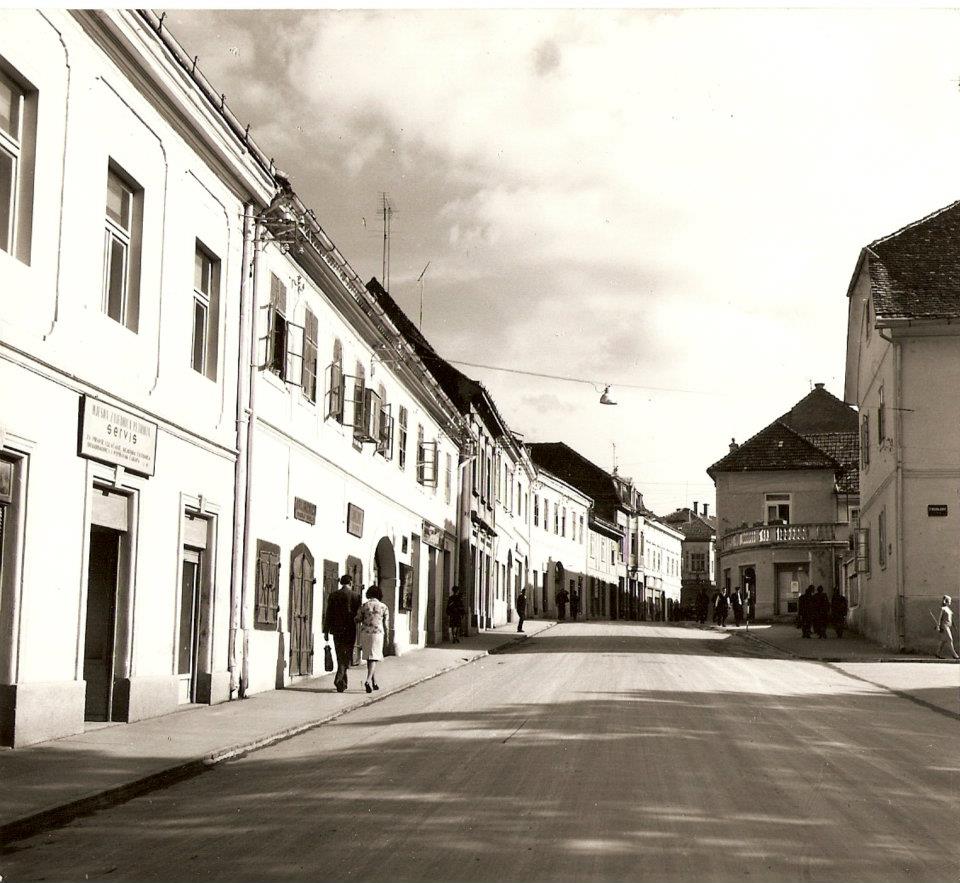
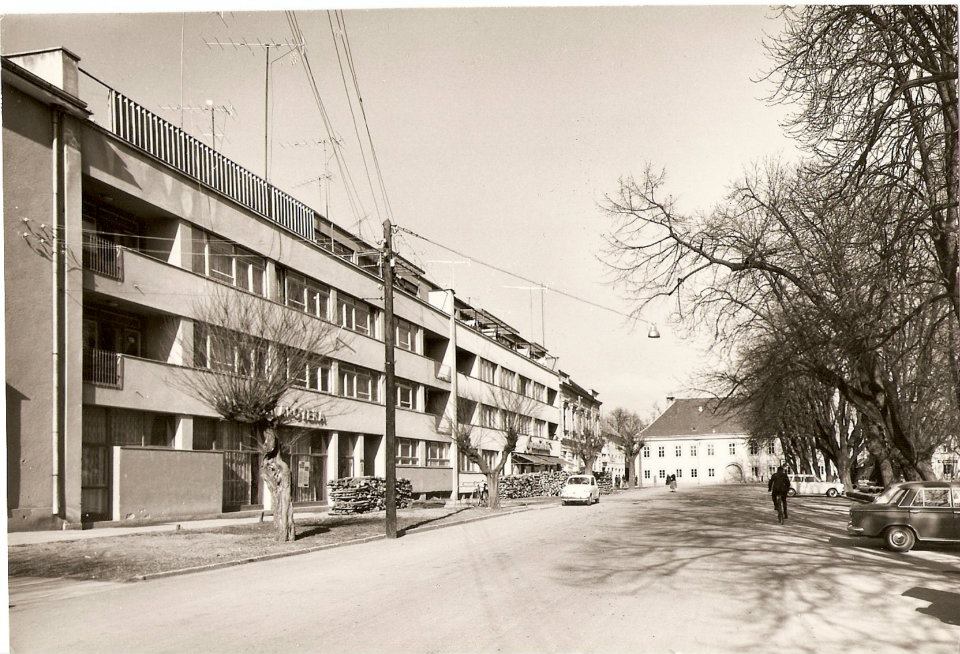
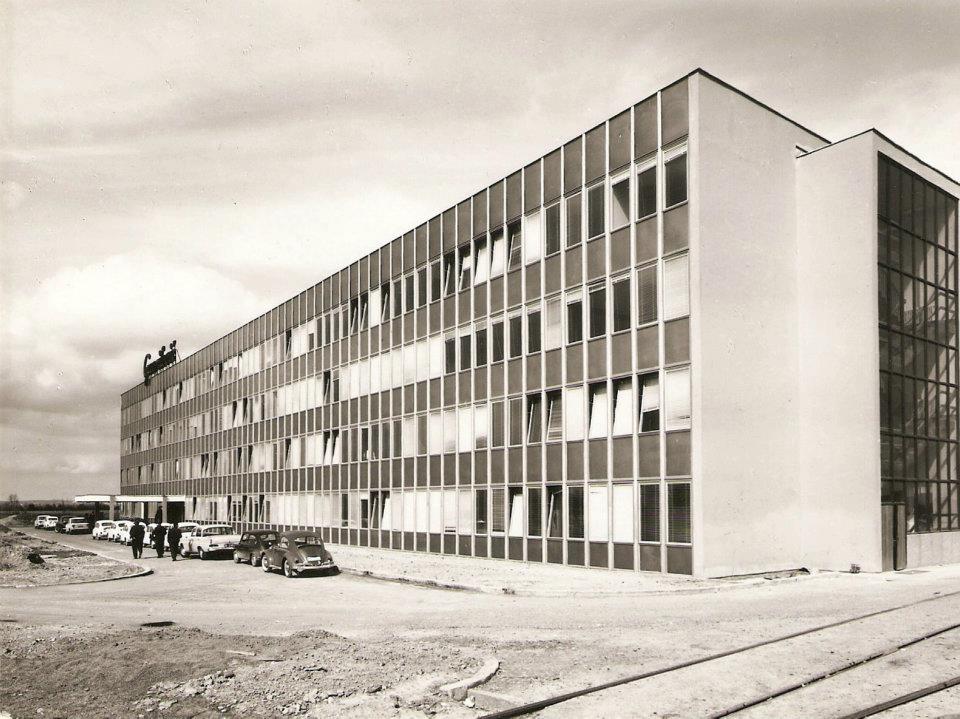
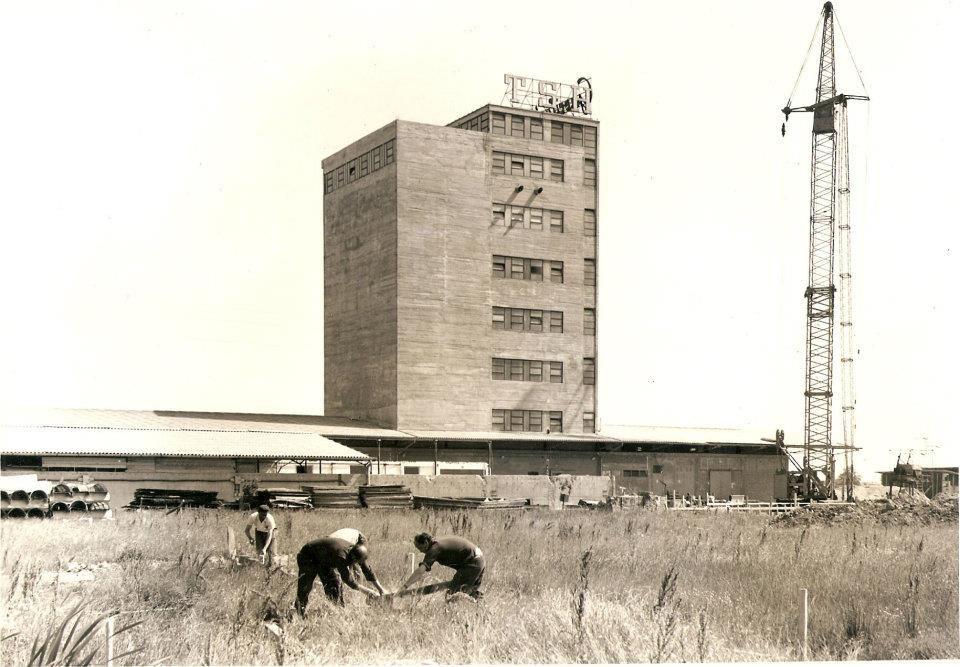
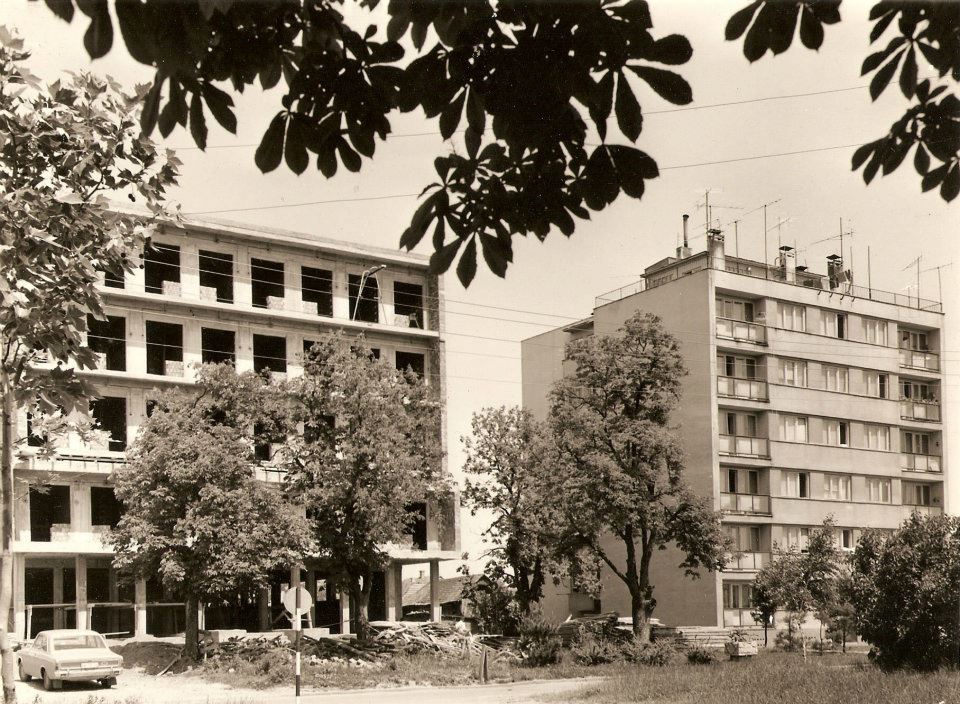
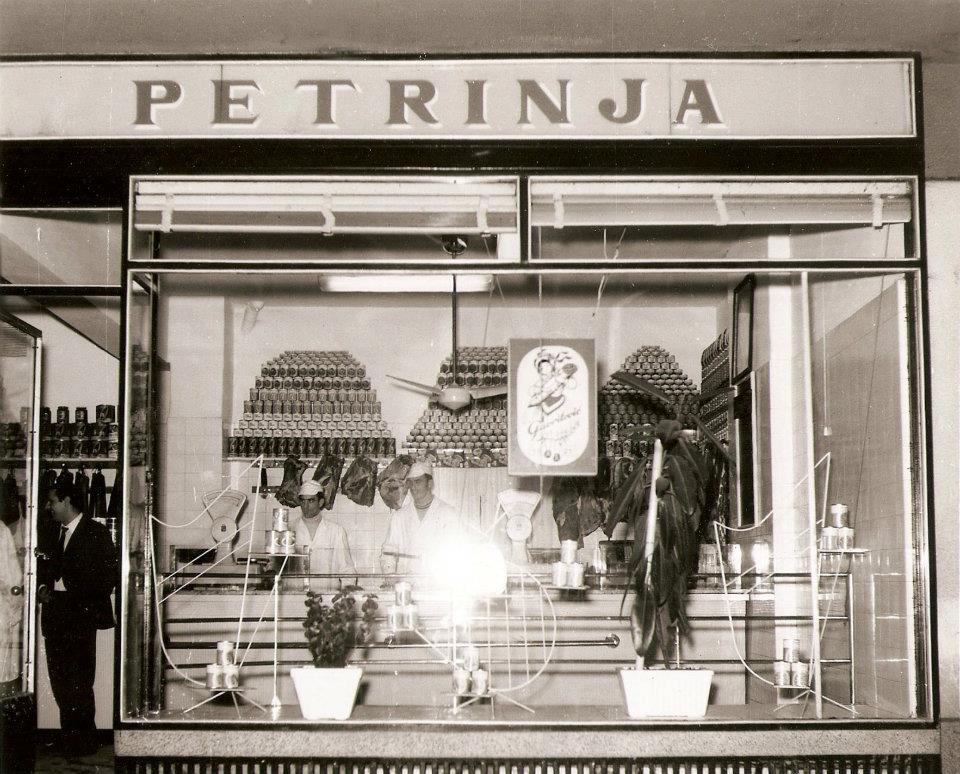
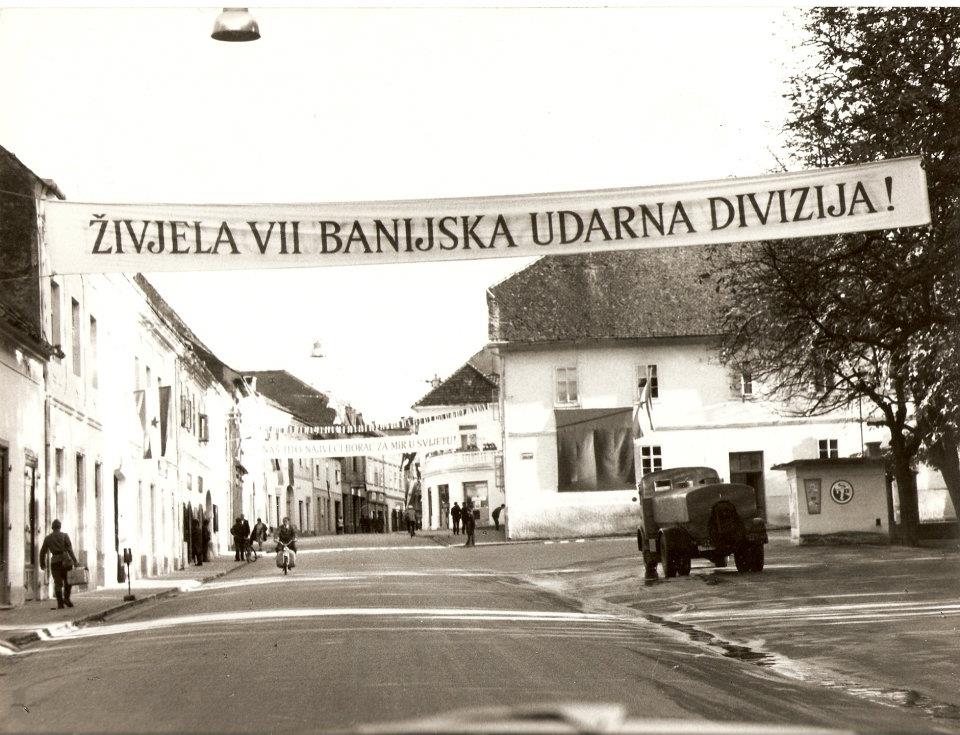
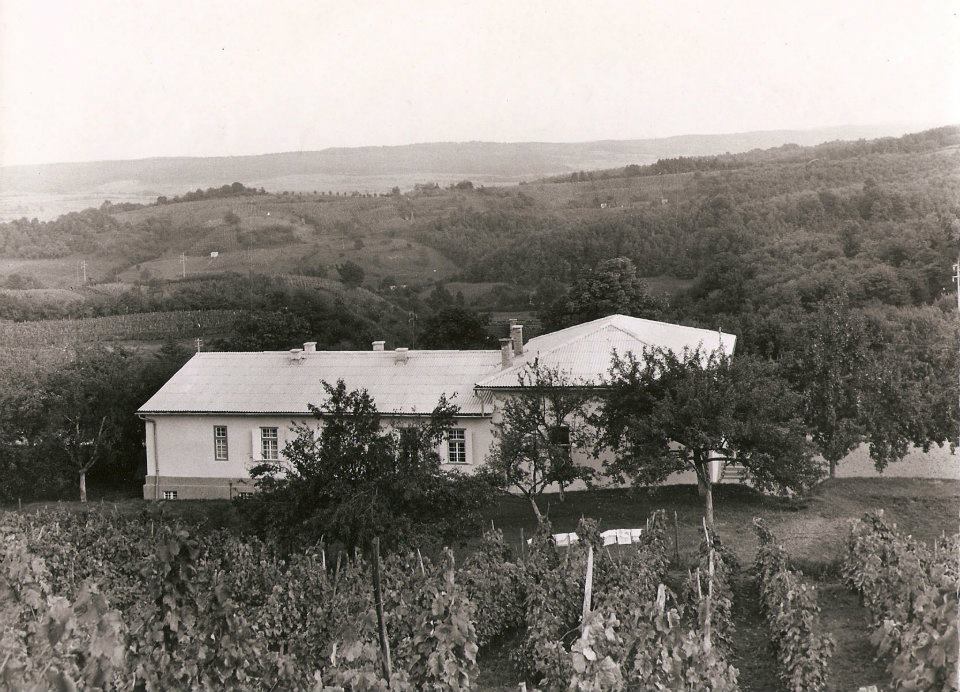
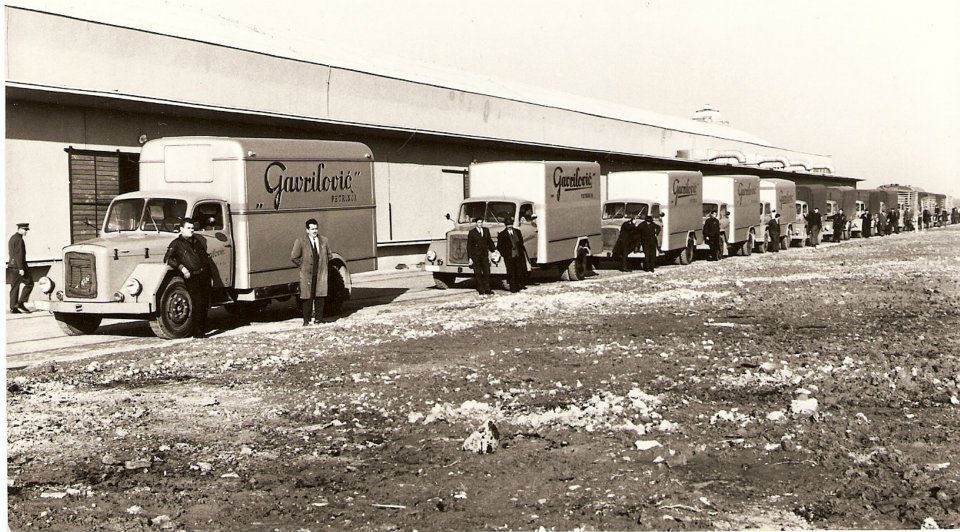
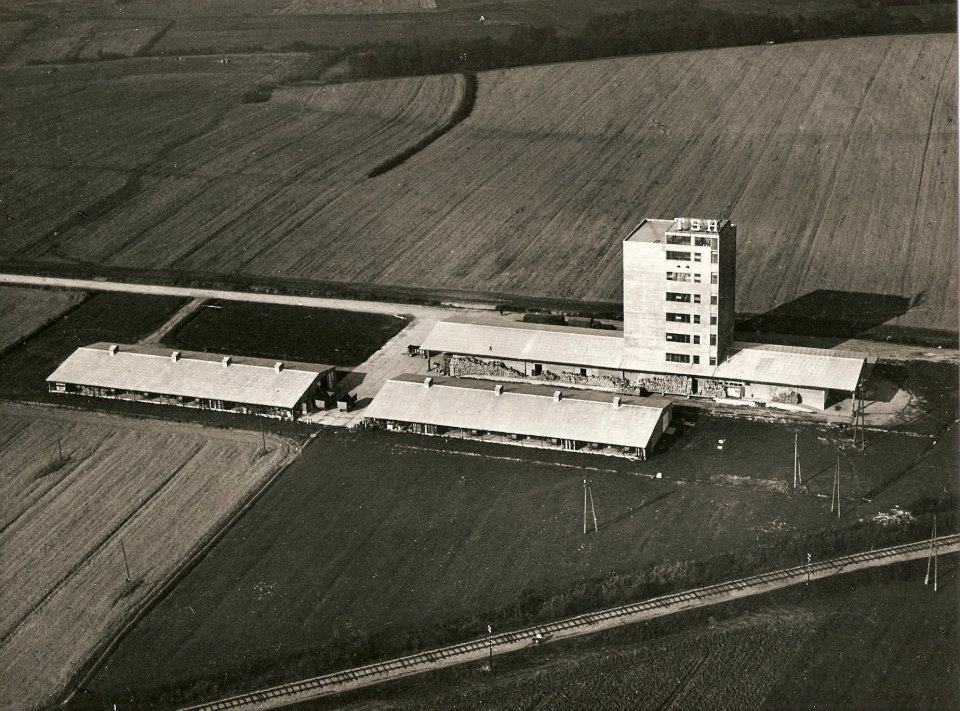
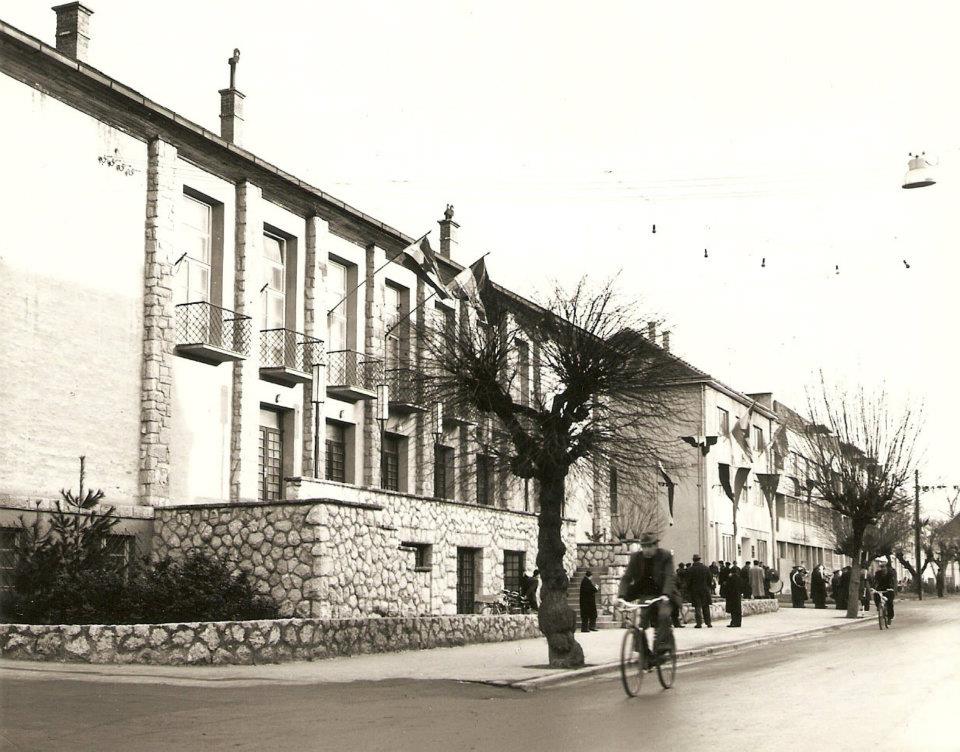
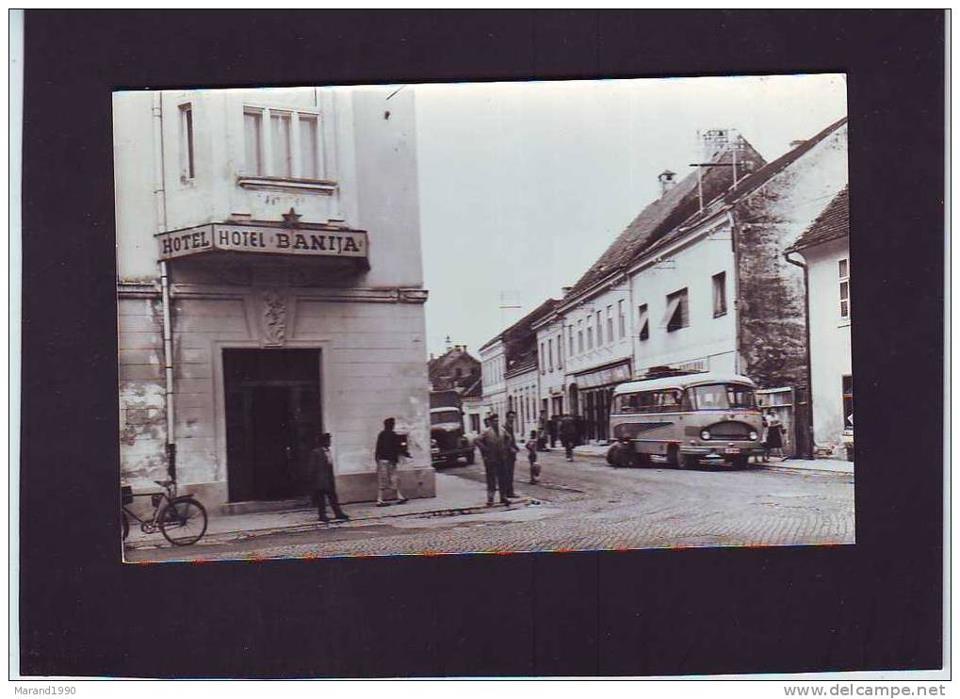
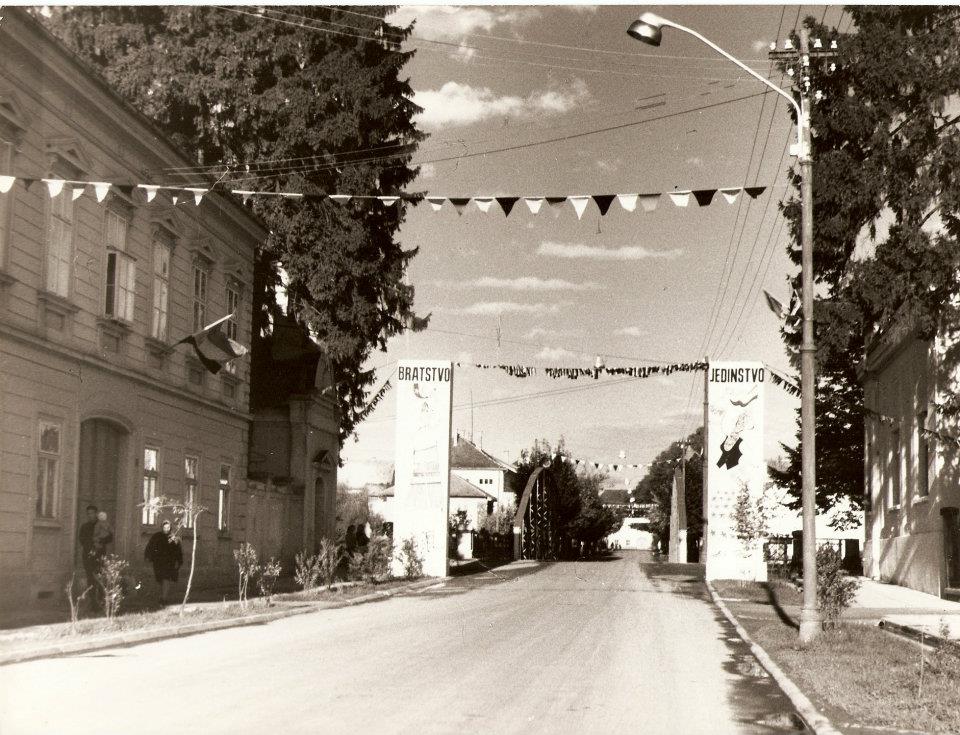
Croatia is renowned for many famous sculptors, not least Ivan Mestrovic, whose works appear all over the world. However, the first sculpture ever produced in Croatia as a public work of art was a statue of 'people's politician' Stjepan Radić, who came from nearby Desno Trebarjevo, Martinska Ves. It was made by Croatian sculptor Mila Wod (1929 in historic Petrinja). It was unveiled in Petrinja in 1936, but removed and vandalised during the 1991-1995 occupation, but found nearby, restored and returned to the centre of Petrinja in1999 in a square now named after Stjepan Radić.
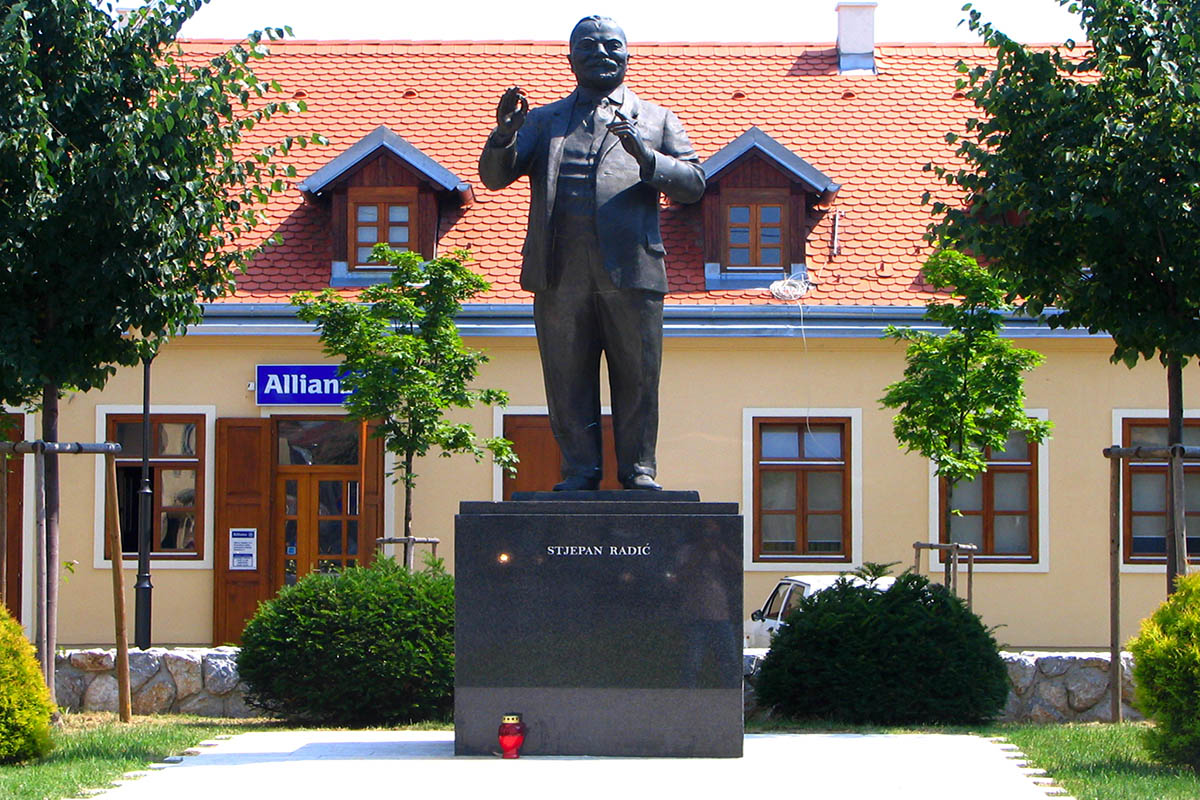 © Tourist Board of Petrinja
© Tourist Board of Petrinja
All photos © Tajanstvena Hrvatska / Public domain unless otherwise identified
Efforts Being Made for School to Resume in Quake-hit Region on 18 Jan Too
ZAGREB, 11 January, 2021 - Assistant Education Minister Momir Karin said on Monday the second semester would begin on 18 January and that efforts were being made for it to start also in the earthquake-hit region, though the model was yet to be decided.
"We are gathering all the relevant information so that we can organise classes. There are 48 schools in the earthquake-hit region, 28 are undamaged, nine are unusable and 12 are temporarily unusable," Karin said on Croatian Radio.
"In total, 912 inhabitants have been evacuated from that region. We'll list the children among them and ensure online classes, and the ministry will provide them with all the necessary equipment."
Karin said the first day of the new semester in Zagreb schools would begin with earthquake evacuation drills.
For the latest information on the earthquake emergency, follow the dedicated TCN section.
Hotel Panonija to be Reconstructed to Accommodate 160 Quake Victims in Sisak Area
ZAGREB, 11 January, 2021 - Construction Minister Darko Horvat said on Sunday Hotel Panonija in Sisak would undergo quick reconstruction after it was established that it was structurally safe to accommodate 160 people from Sisak and its environs who lost their homes in the 29 December earthquake.
In a statement from his ministry, Horvat said the reconstruction was arranged with the mayor and that local entrepreneurs would work on it.
He said the hotel would accommodate some of the people currently staying in a school gym and that it would ensure all the necessary COVID measures and food.
The minister added that ensuring temporary and lasting housing for people who lost their homes in the tremor was the priority of his engagement and his ministry.
Horvat went on to say that the contribution of cooks and bar and restaurant owners who had been preparing and distributing food on a voluntary basis in the earthquake-hit region was unmeasurable and undeniable, adding that everyone was grateful to them.
He also highlighted the contribution of the Croatian Red Cross, local civil protection, the Croatian Chamber of Commerce and the Croatian Chamber of Trades and Crafts, saying they too "promptly... started preparing hot meals."
He said the new organisation of food preparation as of Monday would relieve those cooking, sorting and supplying groceries, adding that the volunteers who wished to do so were welcome to continue to help as much as they could.
The most important thing is to ensure meals for all those in need, primarily the elderly and the disabled and those whose homes are so damaged that they can no longer live and cook in them, the minister said.
He added that no one whose home was demolished would remain without a hot meal.
Horvat went on to say that in cooperation with domestic construction companies and hoteliers, his ministry was working on ensuring as soon as possible sufficient housing units for those who need them.
He said they were also looking for the optimal solution for reconstruction and the provision of lasting housing in cooperation with Croatia's entrepreneurs and academic community.
This week we will begin to remove buildings in the earthquake-hit region that pose a health and life hazard, he added.
For the latest information on the earthquake emergency, follow the dedicated TCN section.
Earthquake in Split: A Look at How Petrinja Scenario Would Affect City
January 11, 2021 - What would happen if there was a Petrinja-scenario earthquake in Split? A closer look.
Slobodna Dalmacija writes that because earthquakes cannot be prevented, the implementation of measures to mitigate the consequences and preparedness of the community in the event of their occurrence is essential.
Split is located in the earthquake intensity zone of 7 and 8 degrees according to the MSK scale, which can cause material damage, landslides, cracks, and very likely human casualties.
After the devastating earthquakes in central Croatia, seismologists warn that increased seismic activity of subsequent earthquakes should be expected in the next year. The seismically "calmest" situation is in Istria and eastern Croatia, while Dalmatia is at the top of earthquake zones.
According to experts, the maximum intensity of earthquakes that can hit Dalmatia ranges from 6.3 to 7 on the Richter scale.
So, how will Split protect itself or prepare for a disaster?
After Petrinja, it is clear that it is necessary to build an early warning system and educate and train the operational forces of the Civil Protection system. It is essential that in the basic operational forces of the Civil Protection (CZ) of the city of Split, there are people trained to rescue in ruins, according to international certificates.
"As part of the Public Fire Brigade, a Specialist Rescue Team of 22 people with certificates and a search dog has been formed. Among them is one person with the highest level of training for staff leadership and command in crises and a person trained for the third level of rescue from the rubble. There are five search teams in the Croatian Mountain Rescue Service, consisting of five people with five search dogs. All major fire brigades in the Republic of Croatia have such teams, and in case of need, the fire system is activated through the Civil Protection Headquarters. The teams come to the area affected by the disaster," the city administration responded with specific figures.
General-purpose units and Civil Protection commissioners provide support to the core operational forces. In the event of an earthquake, their task would be to inform the local population and distribute instructions for action, accept vehicles at the gathering place, help with evacuation, accommodation, and care of vulnerable populations, rescue assistance terrain, logistics at reception points, food distribution, and delivery of the most necessary means of subsistence.
During October and November (last year), 83 commissioners and deputy commissioners of the Central Committee and members of general-purpose units were trained at the Regional Civil Protection Training Center in Divulje, and the training included two teaching units, "Civil Protection System" and "Measures and activities in the civil protection system." The training is planned to continue, announced the City. They added that members of the basic operational forces have their necessary equipment, and jackets, masks, gloves, and shovels are provided for the commissioners and deputy commissioners of the Central Committee. Radio stations have been provided to network the Civil Protection coordinators in the city districts and local committees with the Headquarters.
The action plan of the Central Office of the City of Split also contains a list of legal entities in the civil protection system with accommodation capacities and food security (the statically correct one will be used) and a list of locations for tent settlements.
"The mobilization assembly point of the Civil Protection Headquarters is the City Administration building. The reserve mobilization assembly point is the building of the Public Fire Brigade on Hercegovačka Street. In the event of an earthquake, the Headquarters is immediately convened, and each of the components of the Civil Protection system is given its tasks. However, according to the experiences of those who've experienced a devastating earthquake, it is important to enable operational forces from the outside so that the system becomes operational as soon as possible," the City states.
To be as prepared as possible for a devastating natural disaster, in January 2019, the City Council adopted a Major Accident Risk Assessment for the city of Split, which identified threats: earthquakes, floods, open fires, extreme temperatures, epidemics and pandemics, and other traffic accidents.
For each of these risks, a description of the scenario, impact on social values, preventive measures, and response measures is given.
To reduce the damage in an earthquake, the preventive measure is anti-earthquake design and construction of buildings following the relevant technical regulations and Croatian and European standards. That assessment states that dwellings built after 1964 are in principle resistant to earthquakes of intensity up to 7 degrees on the MKS. scale. Due to the years of construction, the city is divided into three zones. The first is the oldest and most endangered, which is the area of the old town, the districts of Grad and Varoš. The second is right next to the city center, includes the neighborhoods Lučac, Manuš, Bačvice, Gripe, Lovret, Meje, Spinut, and Bol, and the third zone is the area of other city districts where most of the facilities were built from 1964 to 1985.
Given the time of construction by zones, there are estimates of the degree of damage to apartments of various categories in an earthquake with an intensity of 8 degrees according to the MSK scale.
In the first zone, the districts of Grad and Varoš, it is estimated that a total of 1708 apartments would be so damaged that they would no longer be possible to live in. In the second zone, 2475 apartments would suffer severe damage and thus become unsafe. In the third zone, it is estimated that 2449 apartments would no longer be habitable after such a devastating earthquake. It is estimated that 635 apartments would be so damaged in all Split local committees that it is no longer possible to live in them.
The highest probability is that an earthquake hits the Split area with an intensity of 5 degrees according to the MSK scale. When looking at the estimates of the risk of major accidents, an earthquake of this magnitude would not have significant consequences for human life and health. The consequences for the economy, social stability, and politics would be small.
However, in an earthquake measuring 8 on the MSK scale, which is extremely unlikely, it is predicted that 179 people would lose their lives, and more than a thousand and a half inhabitants would be injured. Had such an earthquake occurred during the tourist season, the number of injured would have increased by another 650 and the number of dead by 73.
Based on the Risk Assessment of Major Accidents, the City of Split's Civil Protection Action Plan was prepared and adopted by Mayor Andro Krstulović Opara in July 2019.
The mentioned Plan, among other things, contains an elaboration of civil protection measures concerning the type of threats that are relevant for the City of Split, the actions of Civil Protection operational forces in eliminating the consequences of threats from their own risk assessment and providing assistance between different hierarchical levels of the civil protection system in the event of a major disaster and catastrophe.
Therefore, in case of an earthquake, a rescue and clearing organization team was developed, as well as tasks of participants and operational forces of Civil Protection that have the capacity to rescue from the rubble, the organization of protecting critical infrastructure, and cooperation with legal entities to ensure continuity of their activities. Furthermore, they have also developed the organization of firefighting, regulation of traffic, and insurance during interventions, medical assistance and medical care, evacuations, rescue and evacuations of vulnerable groups, implementation of care, the humane remediation and identification of the dead, hygienic and epidemiological protection, provision of food and drinking water, centers for informing the population, accepting human and material assistance, and providing psychological assistance.
For more on the Petrinja earthquake and to see how you can donate money, food, humanitarian, sanitary, and material aid, follow our dedicated section.
Split Chefs Raise 100,000 kuna from Wolt Campaign for Petrinja Earthquake Victims
January 11, 2021 - 100,000 kuna has been raised through the Wolt campaign for Petrinja earthquake victims organized by three of the most famous Croatian chefs - Braco Sanjin, Hrvoje Zirojević, and Ivan Pažanin.
Dalmatinski Portal reports that the fantastic trio of Split chefs, composed of Braco Sanjin, Hrvoje Zirojević, and Ivan Pažanin, succeeded in their humanitarian action for the victims of the earthquake-affected parts of Croatia.
Recall, in cooperation with Wolt.hr and Solidarna.hr, and colleagues Stjepan Vukadin, Soniboj Grgin, the Kadena team and volunteer chefs, Sanjin, Zirojević, and Pažanin cooked a variety of traditional dishes that the citizens of Split could order from the comfort of their own homes via the Wolt food delivery platform.
Numerous small and large local entrepreneurs, family farm owners, butchers, fishers, bakers, chefs from all over Croatia, olive oil producers, spice shops, retail chains, and associations, as well as winemakers from all over Croatia, responded to the action. Thus, each customer that ordered four dishes was gifted a bottle of wine and a surprise gift.
Every day of the action, from noon to 10pm (or while supplies last), customers could order their famous pasticada with gnocchi and other traditional dishes like fuzi with truffles, seafood risotto, boiled meat with tomato sauce, bolognese, fish filet, bakalar, and more. No matter what you ordered, each dish was 60 kuna.
Most days were cut short for the famous chef trio, who were oftentimes left with only a few portions of a single dish by 4pm!
So it's no wonder this campaign was a success.
"Dear citizens of Split, thanks to you and numerous sponsors, we have reached our goal, and in the five days of the action, we collected 100,000 kuna. Many thanks to Wolt and Kadena Restaurant for their contribution to this charity event! And thank you to all of our colleagues," said chef Braco Sanjin upon the completion of the action.
Bravo!
For more on the Petrinja earthquake and to see how you can donate money, food, humanitarian, sanitary, and material aid, follow our dedicated section.
What Brought Down the Homes in Banija? The Earthquake or the Corruption?
January 10, 2021 - As the dust around the recently-reconstructed family homes in the Banija region doesn't seem to settle, we keep following the stories in the Croatian media which ask what exactly, if anything, went wrong after the Homeland War with the reconstruction process.
We recently wrote about a segment on a Croatian Radiotelevision show from 1998, in which the quality of the work during the reconstruction of family homes after the Homeland War was brought into question. That is not the only instance when that same question has been raised, and many Croatian media outlets have been writing about the problems faced by those homes.
Many of the homes reconstructed after the Homeland War (in the late nineties) were thoroughly destroyed by the earthquake in the Banija region, although in the nineties there were already laws which clearly stated that any new buildings had to be built to withstand earthquakes like the one we saw back in late December. Many experts in the field, mostly architects, warned that the houses which were built up to code in the late nineties absolutely had to be able to sustain such an earthquake and that it’s important to find out why they haven’t managed to do that. Homeowners from the region, as well as many others, want to find out what happened and why those homes were so vulnerable to the earthquake. Many fingers are now pointing towards Ivo Žinić, the current Sisak-Moslavina County Prefect, who used to be the head engineer for the area in the Ministry for the Reconstruction. His answer to numerous accusations, as quoted in a piece by Jutarnji list is that, according to the official data, none of the houses built after the war have been fully destroyed. He admits that some of them have suffered damage, but because they were being built up-to-code, none of them have actually gone down.
Jutarnji list reporters (in this case Vanja Nezirović) have a different story to tell on the field: they meet a person whose house has almost completely collapsed, with the second floor going down to the first-floor level.
It is important, however, to make a clear distinction between the houses which were fully re-built after 1995, and those that were just reconstructed in order to remove the damage from the war. Those houses that were not fully re-built, but where the old foundations were used and built upon, and they were not reinforced to make them more resistant to earthquakes, rather just made inhabitable as soon as possible. It was even written in the rules, that the goal of the reconstruction was to bring the houses back to the same condition as they were in before the war, without improving anything about the houses.
One of the experts who talked to Jutarnji for their piece, Milan Crnogorac, a construction engineer, explains that many of the houses were improved to what they had been like before the war, but that it still wasn’t enough to make them resistant to an earthquake this strong.
Tvrtko Salitrežić from the company that was in charge of the supervision of the construction works in the Banija region hit by the earthquake says that his company had done everything according to the projects and the laws, that they still have the documentation for those projects they oversaw and that nobody has ever asked to see that documentation. The people of Stražnik showed the journalists their own homes, where the bricks just slipped away because there is no reinforced concrete in the structure of those newly-built houses. Engineer Salitrežić answers that this method of construction was following the laws back then and that it was perfectly fine to have a smaller house without any reinforced concrete within the structure. He adds that Strašnik was, unfortunately, where the epicentre was, and that, according to the information from the field he has, none of the houses they were in charge of went down, while only 20 percent of the houses will have to go through serious reconstruction now, after the earthquake.
Hopefully this time some reinforced concrete will be used in Banija.
Volcano Discovery, Keeping Track of Earthquakes in Croatia and Beyond
January 10, 2021 – Even the most number-obsessed among the people living in Central Croatia have given up on counting the number of earthquakes we’ve felt in the last 15 or so days, but luckily, there are websites to help with that.
Almost every day you see a new article on Total Croatia News about yet another earthquake felt in Croatia. So, how many were there in total? A website named Volcano Discovery (please, let’s not even go there!) keeps valuable statistics, and you can see the most important information here:
On their site, which is regularly updated, they tell us more: “During the past 30 days, Croatia was shaken by 1 quake of magnitude 6.4, 2 quakes between 5.0 and 6.0, 21 quakes between 4.0 and 5.0, 60 quakes between 3.0 and 4.0, and 252 quakes between 2.0 and 3.0. There were also 331 quakes below magnitude 2.0 which people don't normally feel.“ (those numbers will change if there are more earthquakes)
There are many more numbers and graphs you can examine, if that's your thing, to find out more about what's been happening below the feet of the people living in Central Croatia.
To give you an idea of how active things are at the moment, here is the report from the last few hours in Croatia.
For the latest information on the earthquake emergency, follow the dedicated TCN section.
Tower Removed from Sisak Cathedral after Earthquake Damage (VIDEO)
January 10, 2021 - Prime Minister Plenkovic visits earthquake relief efforts, as a tower from Sisak Cathedral is removed.
Prime Minister Andrej Plenkovic was in Sisak today, as he and other senior officials visited the region devastated by the recent earthquakes.
At precisely midday, Plenkovic was among those who watched the removal of the badly damaged bell tower of the Sisak Cathedral of the Exaltation of St. Cross. The 15-ton and 14-meter-high bell tower cap was successfully removed by experts.
As the head of the fire department of the Public Utility Company of the City of Zagreb, Marko Adamcic, who led the action, said, due to the great damage to the structure, it was a very sensitive operation which was preceded by two days of preparations.
Now that the top has been successfully removed, the masonry part of the bell tower will be gradually removed. In order not to endanger the neighboring buildings and protect the citizens, it was decided that the bell tower will not be demolished, but will be removed brick by brick. The intention of the builders is to first remove the upper, most damaged part of the bell tower to the level of the church, and subsequently the remaining part. Since Sisak Cathedral has other major damages, such as the collapse of the vault above the organ and choir, its fate will be decided later.
Also in attendance were Deputy Prime Minister and Minister of Defense Tomo Medved, leaders of Sisak-Moslavina County and the City of Sisak, representatives of the Sisak diocese, and a large number of citizens.
"Given that the tower tilted and posed a threat, this is a somewhat similar operation as in Zagreb at the cathedral. It is an important event and we came to accompany it and give support to the firefighters who are working on it," Plenković said.
For the latest information on the earthquake emergency, follow the dedicated TCN section.
German Firefighters Donate Equipment to Sisak Earthquake Victims
January the 10th, 2021 - The Petrinja earthquake which marked the end of an absolutely horrendous year saw aid and donations flood in from across the country and the rest of Europe, and German firefighters were among those to arrive at the Sisak earthquake victims in 23 vehicles.
As Poslovni Dnevnik writes, one of the largest convoys of humanitarian aid, with 23 vehicles and 50 German firefighters, arrived in Sisak-Moslavina County on Friday, organised by firefighters from the German province of Baden-Wurttemberg.
The German firefighters brought a total of 230 tonnes of various equipment to the Sisak earthquake victims, from firefighting equipment, clothing, hygiene supplies, all the way to much needed construction materials.
"We started collecting aid on December the 31st and we’ve already brought the first convoy of aid. The second convoy set off on Thursday at 16:00 with 23 vehicles and 50 firefighters. Since we don't want to be a burden to anyone, we just came to deliver the equipment, we will help with unloading it, and we’ll leave to go back to Germany on Saturday morning after breakfast,’’ said the leader of the German convoy, Gerhard Lai.
The commander of the County Fire Brigade, Mijo Brlecic, thanked the Germans for the donation to the Sisak earthquake victims, emphasising that Croatian cooperation with German firefighters has a long tradition behind it.
A similar convoy had already arrived, he said, and the help of German firefighters was not lacking even during and after the end of the Homeland War.
The Germans will leave three fire trucks and two fire vans in Croatia to continue to help out with the earthquake relief effort.
Brlecic emphasised that valuable help lies in the construction material, which is currently what is most lacking.
For the latest information on the earthquake emergency, follow the dedicated TCN section.
American Seismologist Lucy Jones Weighs in on Croatian Earthquakes
January the 10th, 2021 - American seismologist Lucy Jones has weighed in on the recent Croatian earthquakes which devastated several areas in central Croatia, more precisely in Sisak-Moslavina County.
As Poslovni Dnevnik writes, seismologist Lucy Jones is a professor from the University of CalTech in California and the author of more than 100 scientific papers in which she analyses faults and the earth's crust. She commented for RTL Direkt on the recent earthquakes that hit central Croatia hard.
She repeated what all seismologists have been repeating, that earthquakes quite simply cannot be predicted.
“Nobody can predict an individual, separate event. The problem is that the magnitude of an earthquake is determined during the earthquake itself so there is no information in the soil about how strong it will be before it actually happens. Earthquakes happen every day and the big ones don’t start out any differently than the small ones do. Knowing whether it will occur today or this year is like knowing precisely when a twig will snap when you bend it, for example,’’ she told RTL.
"Earthquakes are coincidences, but one aspect of them isn’t accidental, and that is subsequent earthquakes. About 5% to 10% of subsequent earthquakes are stronger than the first earthquake is, that is, in 5% of cases the subsequent earthquake is stronger than the first earthquake, Croatia had that. So, now we know that earthquakes will happen and you can expect them to continue to occur for a long time to come,’’ said seismologist Lucy Jones.
She was also asked if there are any research programmes and/or scientific attempts to predict earthquakes before they occur.
"If the strength is determined during the earthquake only, then it’s theoretically impossible to predict a separate event. There are practical solutions to this impossible problem, though. One of them is to take advantage of subsequent earthquakes which allows us to at least recognise more dangerous periods. So, we can’t predict the exact time when an earthquake will happen, but we can use that to know when earthquakes are more likely,’’ she said.
‘’We’re also working on something called the Early Warning System. It isn’t a prediction but an extremely quick recognition that an earthquake has begun so that we can release this information to people before seismic waves reach them because those waves travel for a certain amount of time. We have such a system on the west coast of North America, Japan has it and the European Union is developing such a system and is looking to put it into operation, especially in Eastern Europe in the area where you have more earthquakes than elsewhere,’’ seismologist Lucy Jones explained.
“I think earthquakes create a feeling of fear which is greater than the actual threat they post to your life. We’re very afraid that we’ll die during an earthquake, but this happens very, very rarely. Understand this, everything around you drives you into fear, but what follows will probably be less intense than what you already had. Poorly constructed buildings have already collapsed,’’ Jones concluded.
For the latest information on the earthquake emergency, follow the dedicated TCN section.


